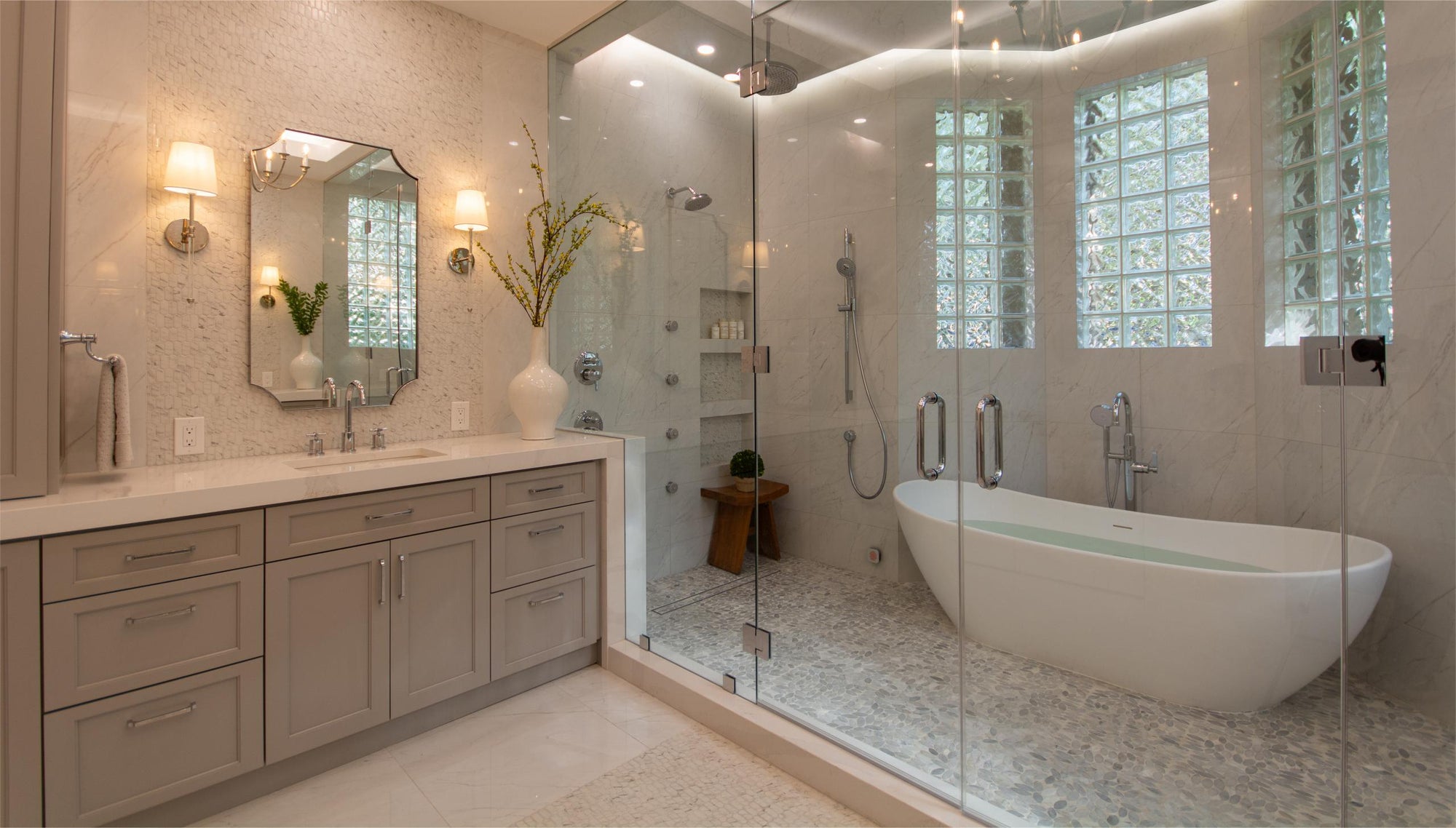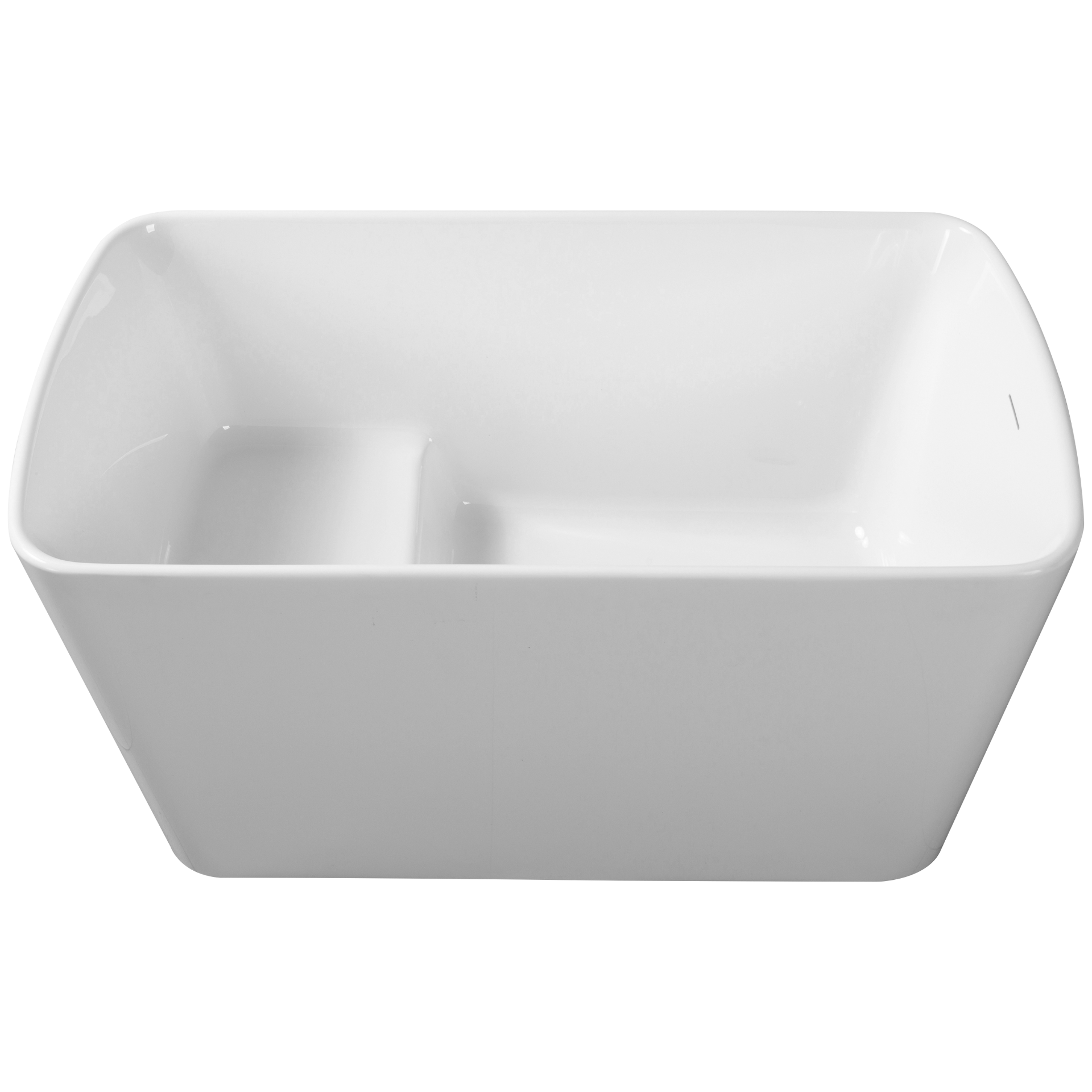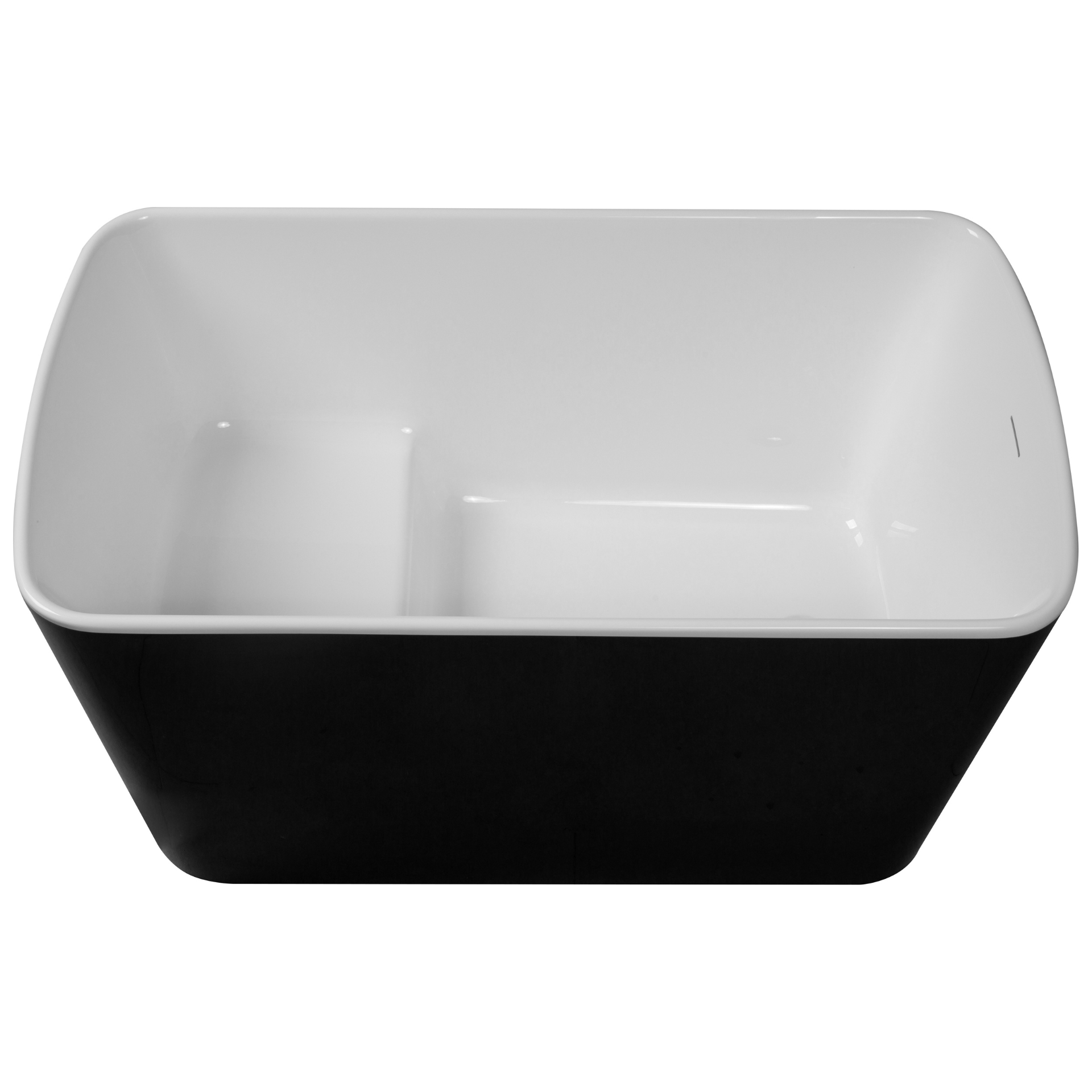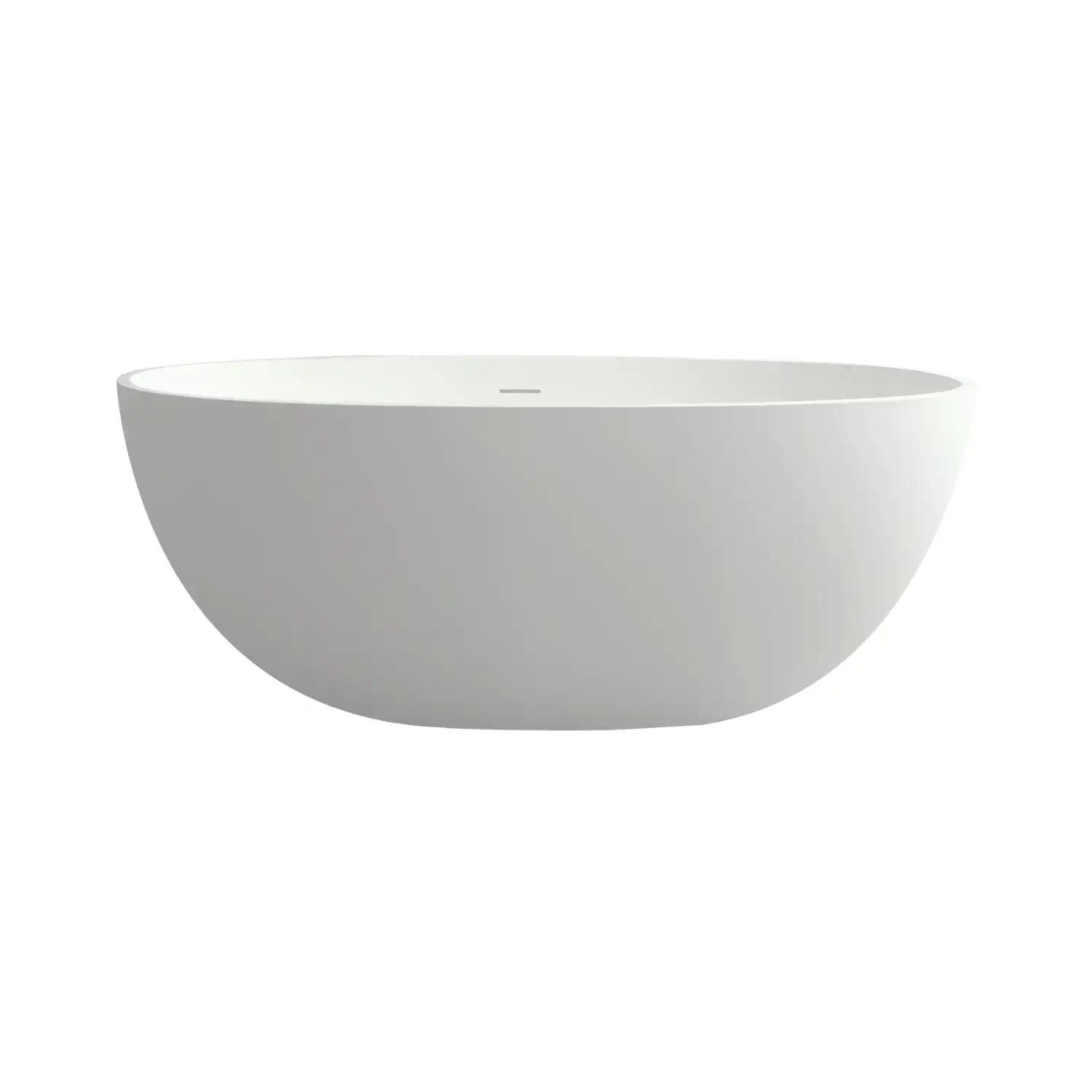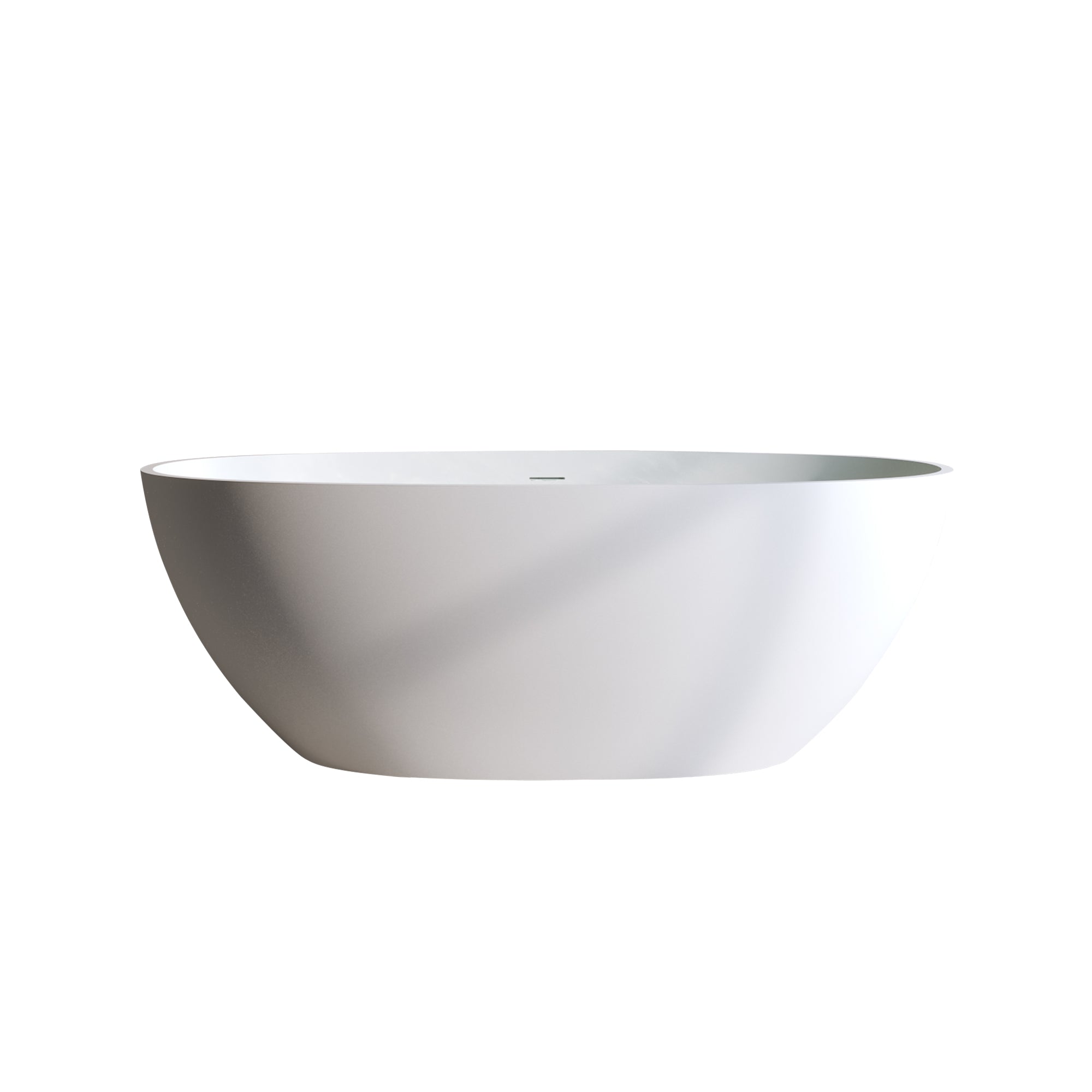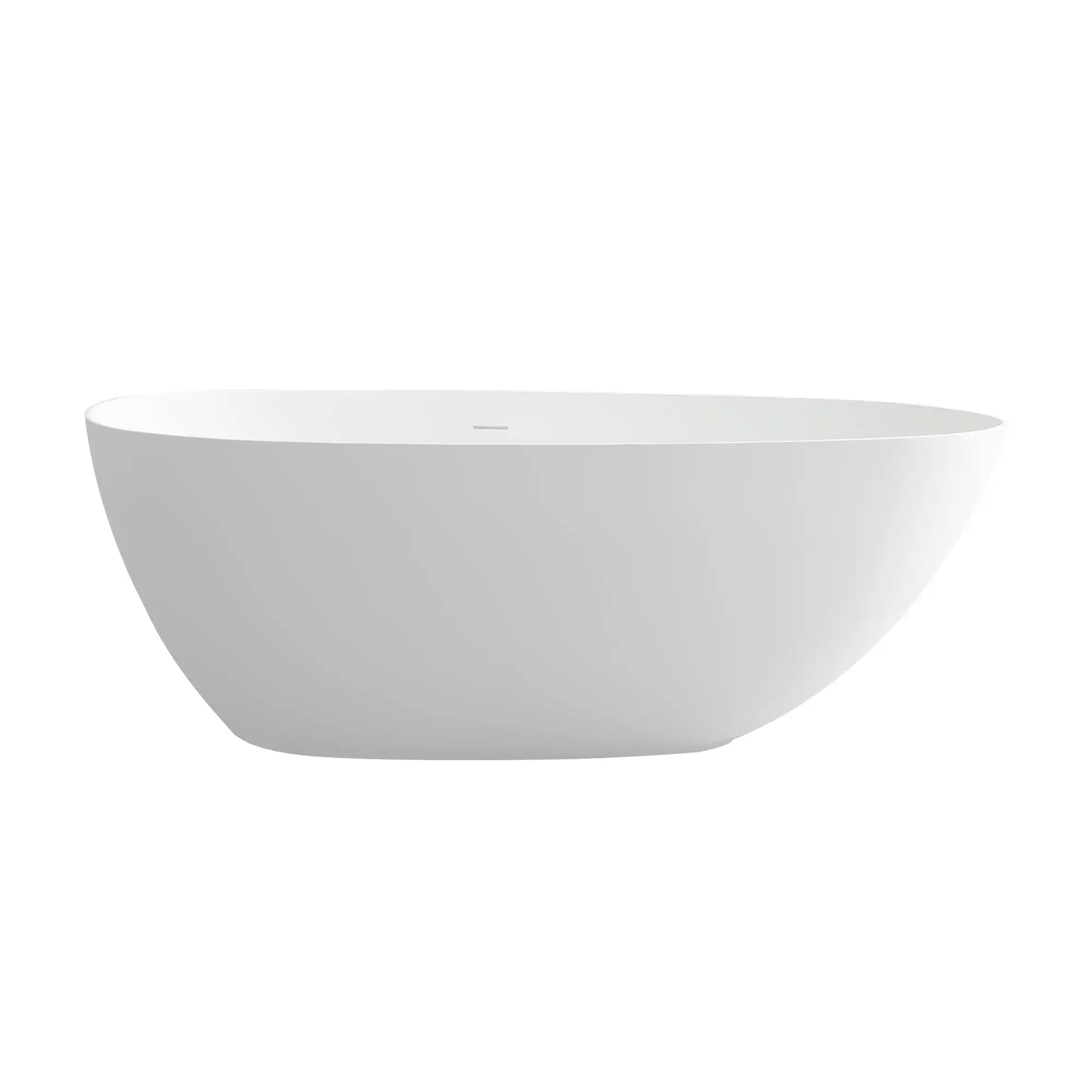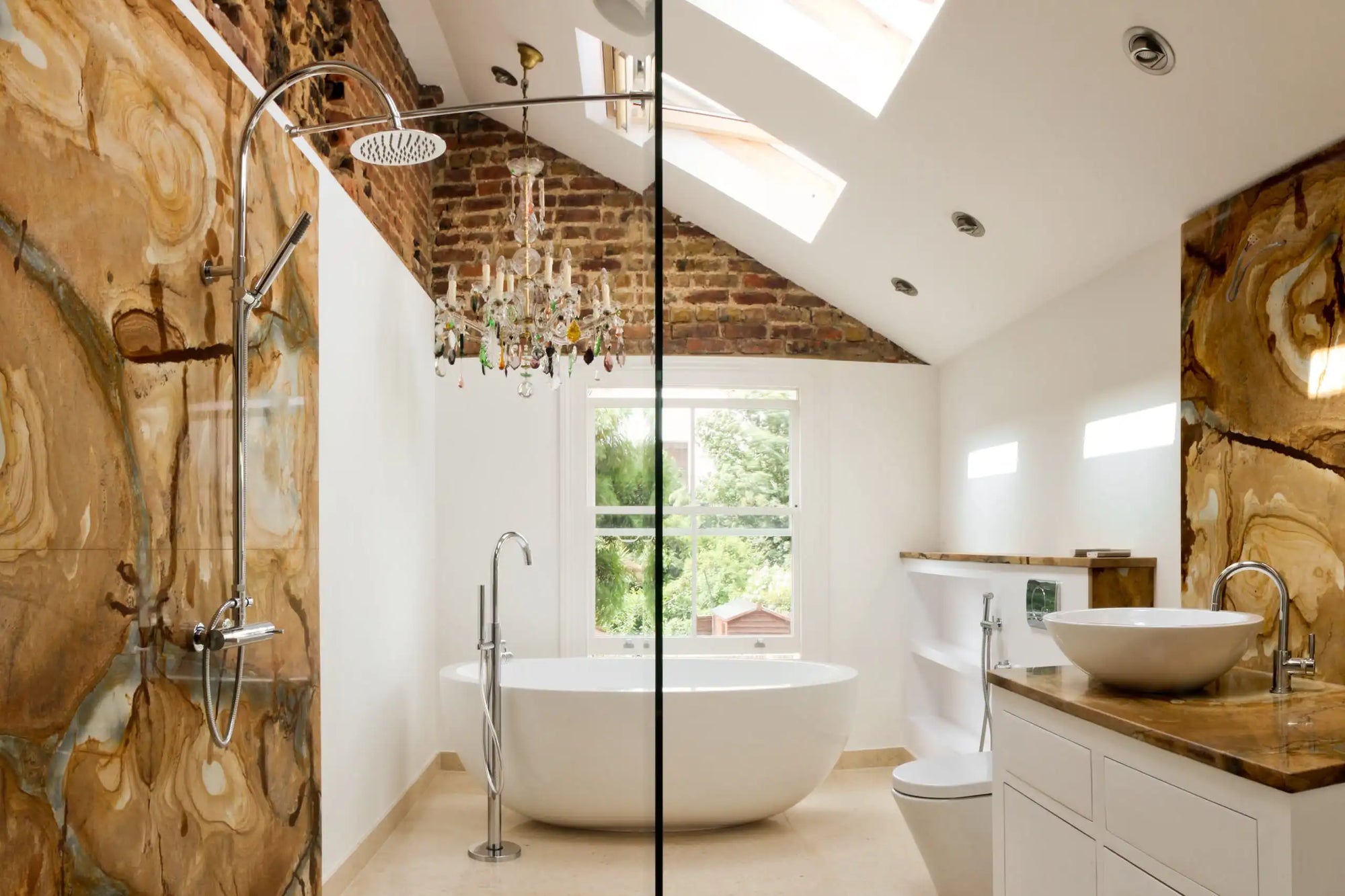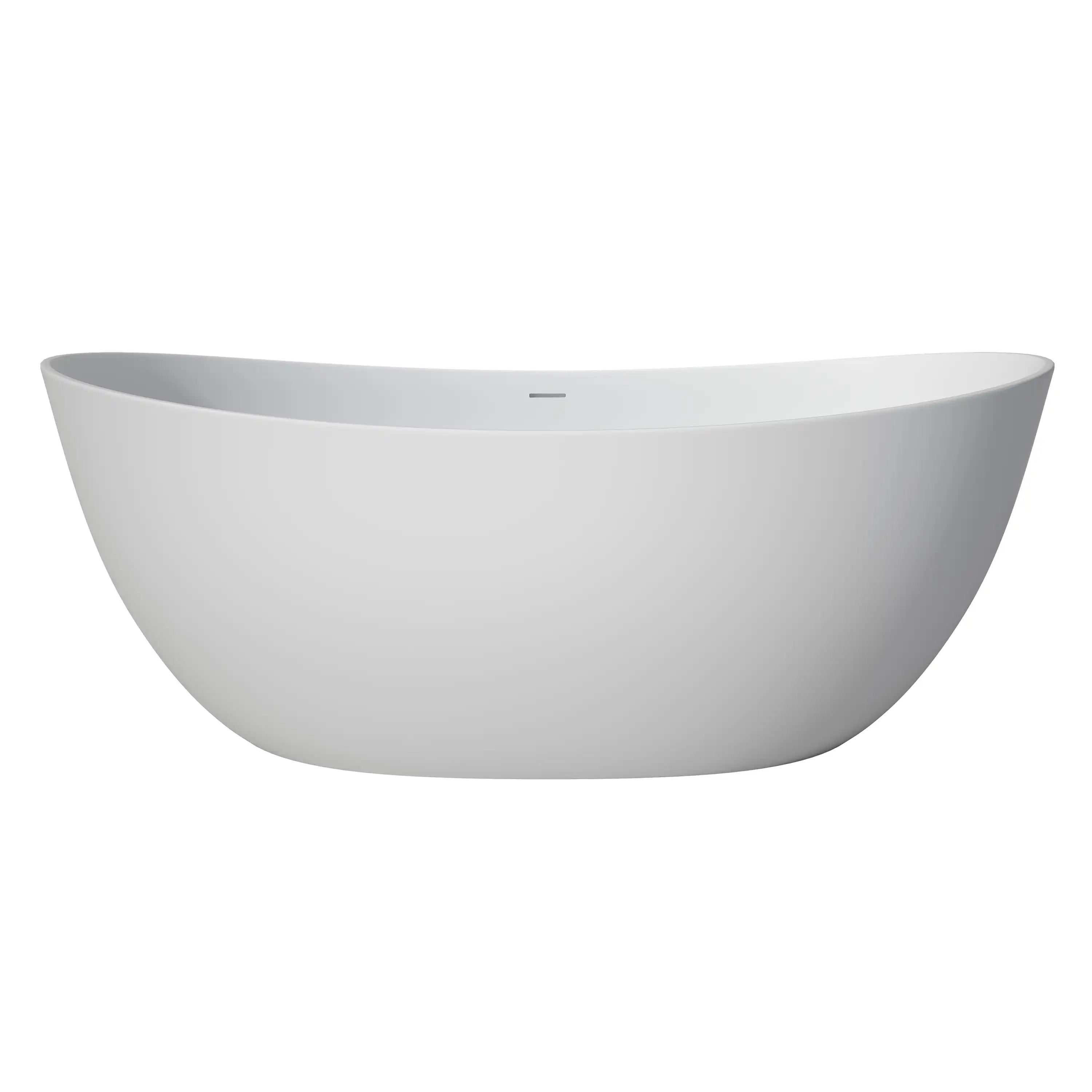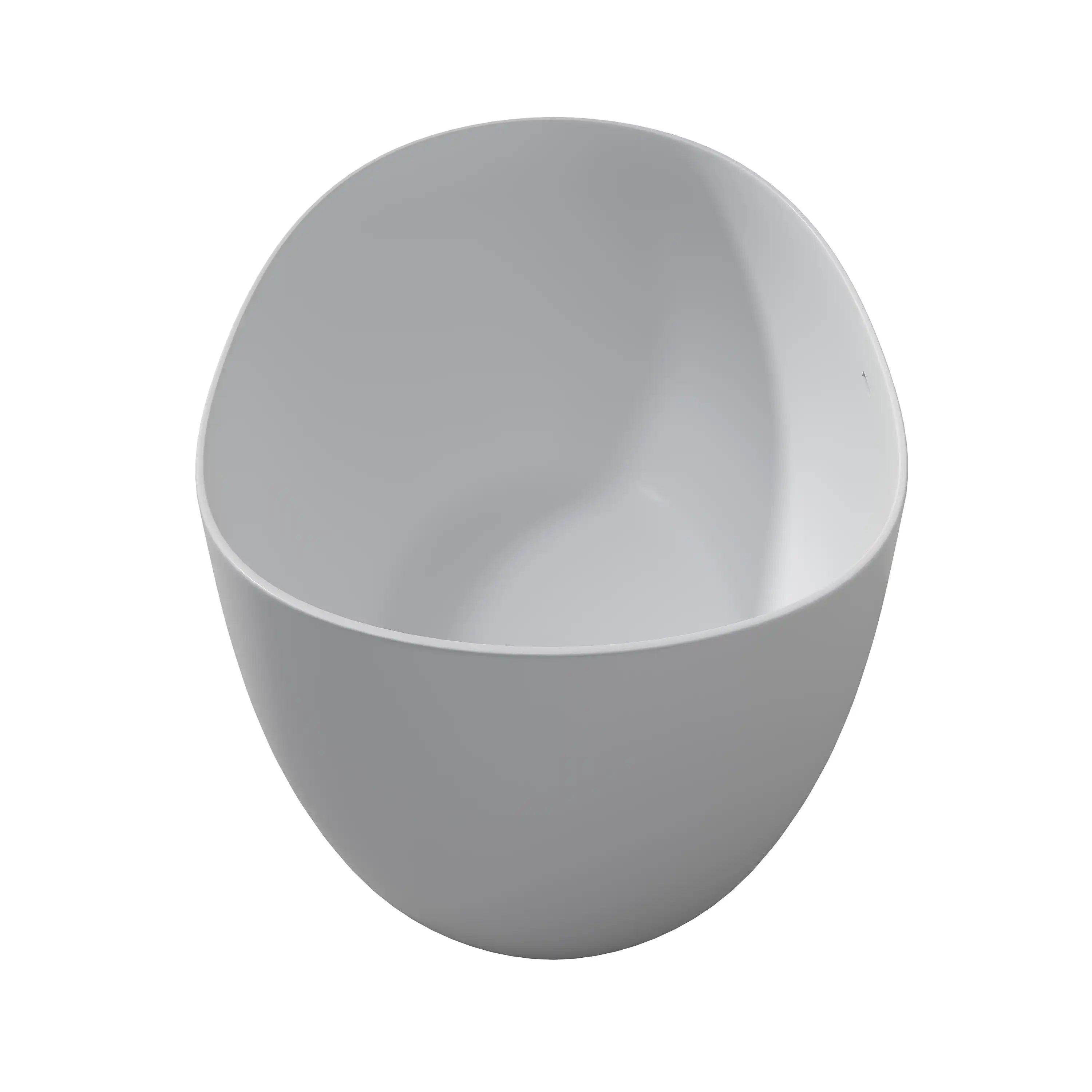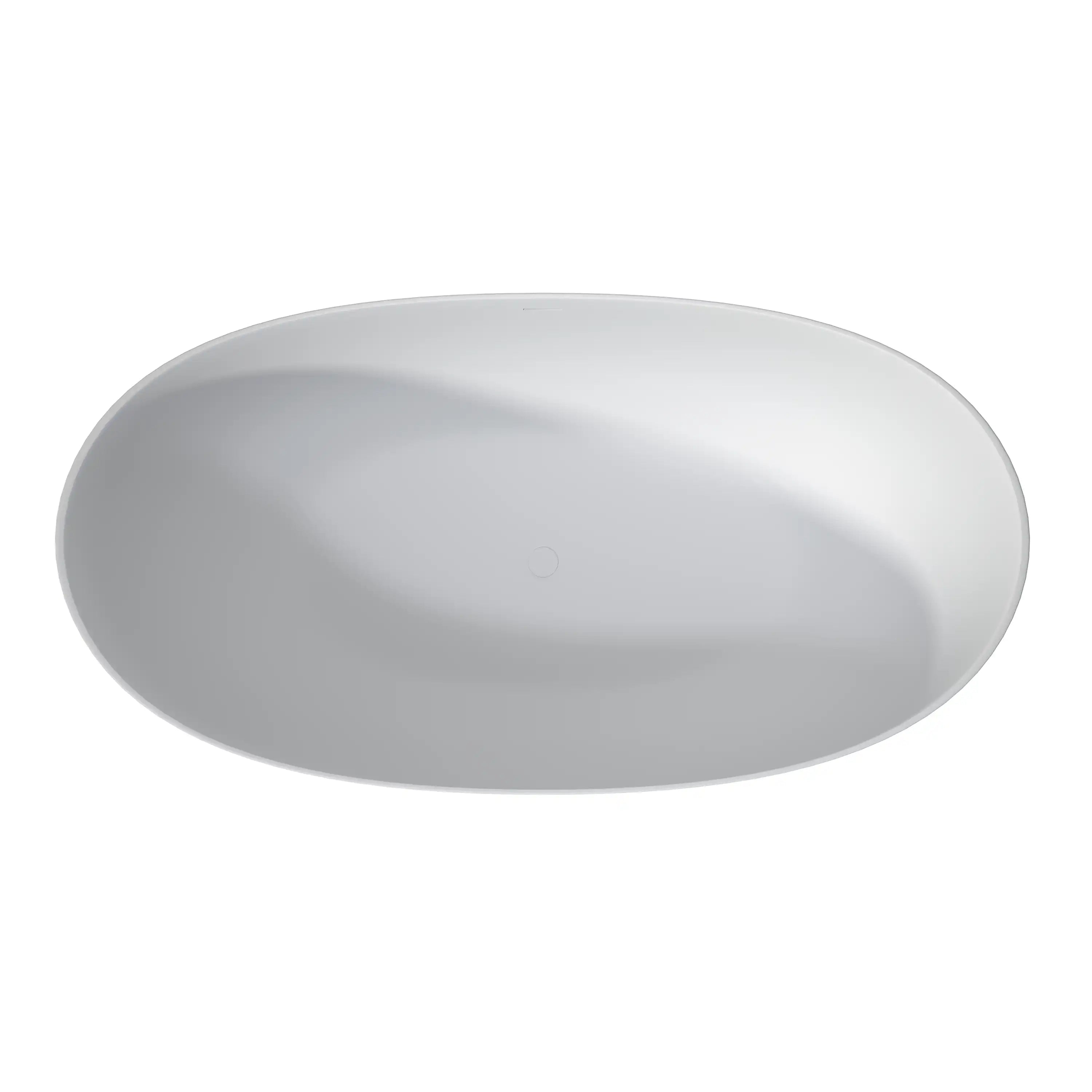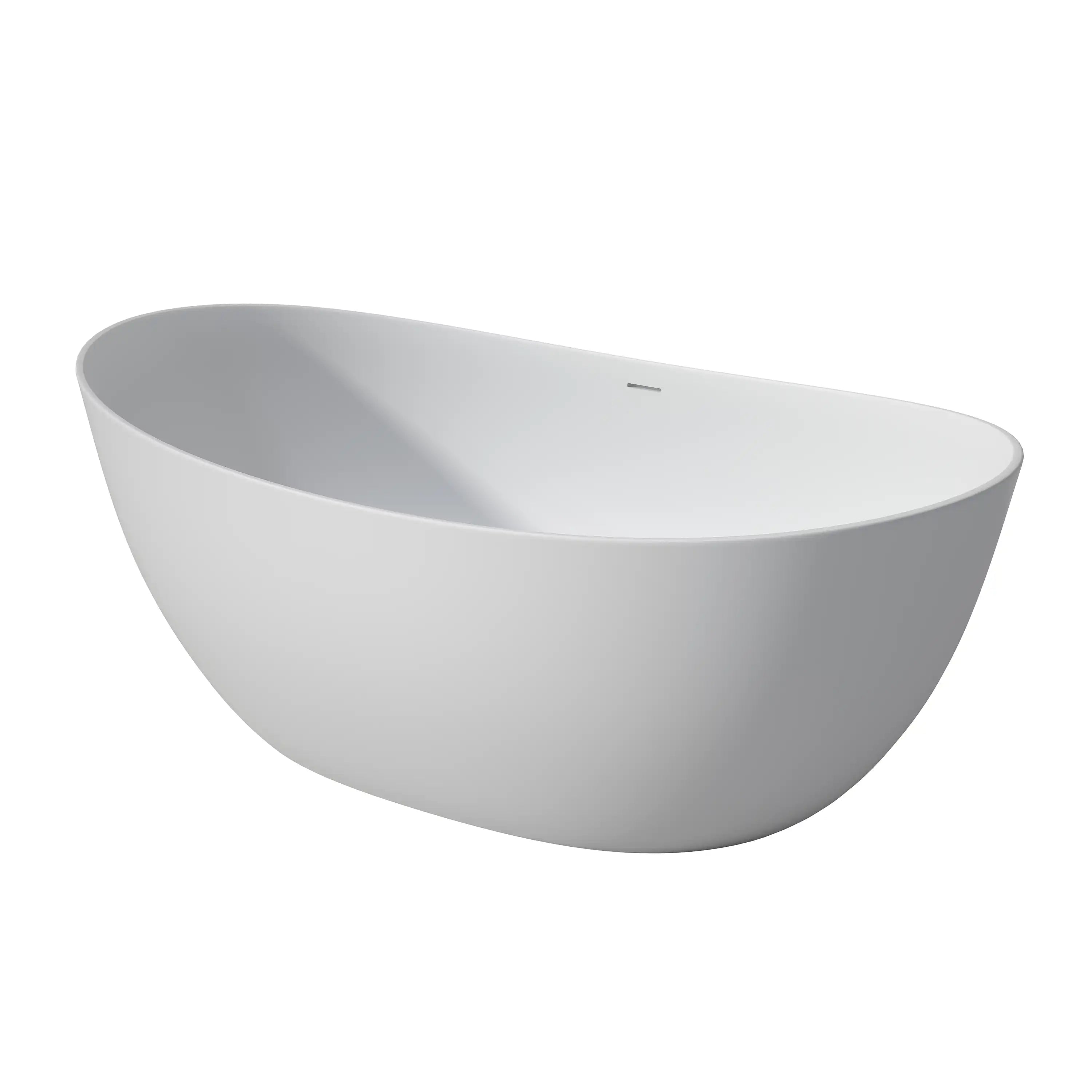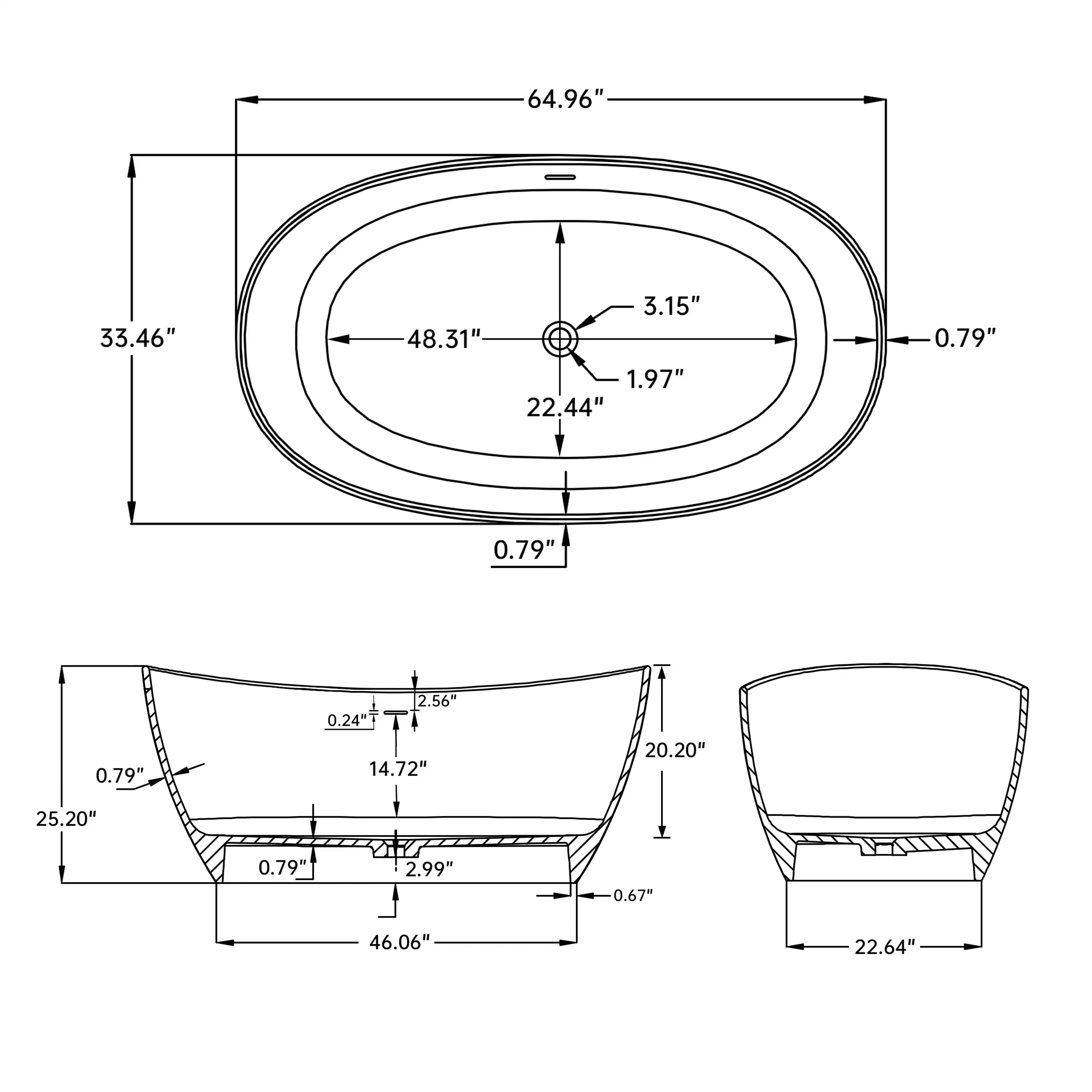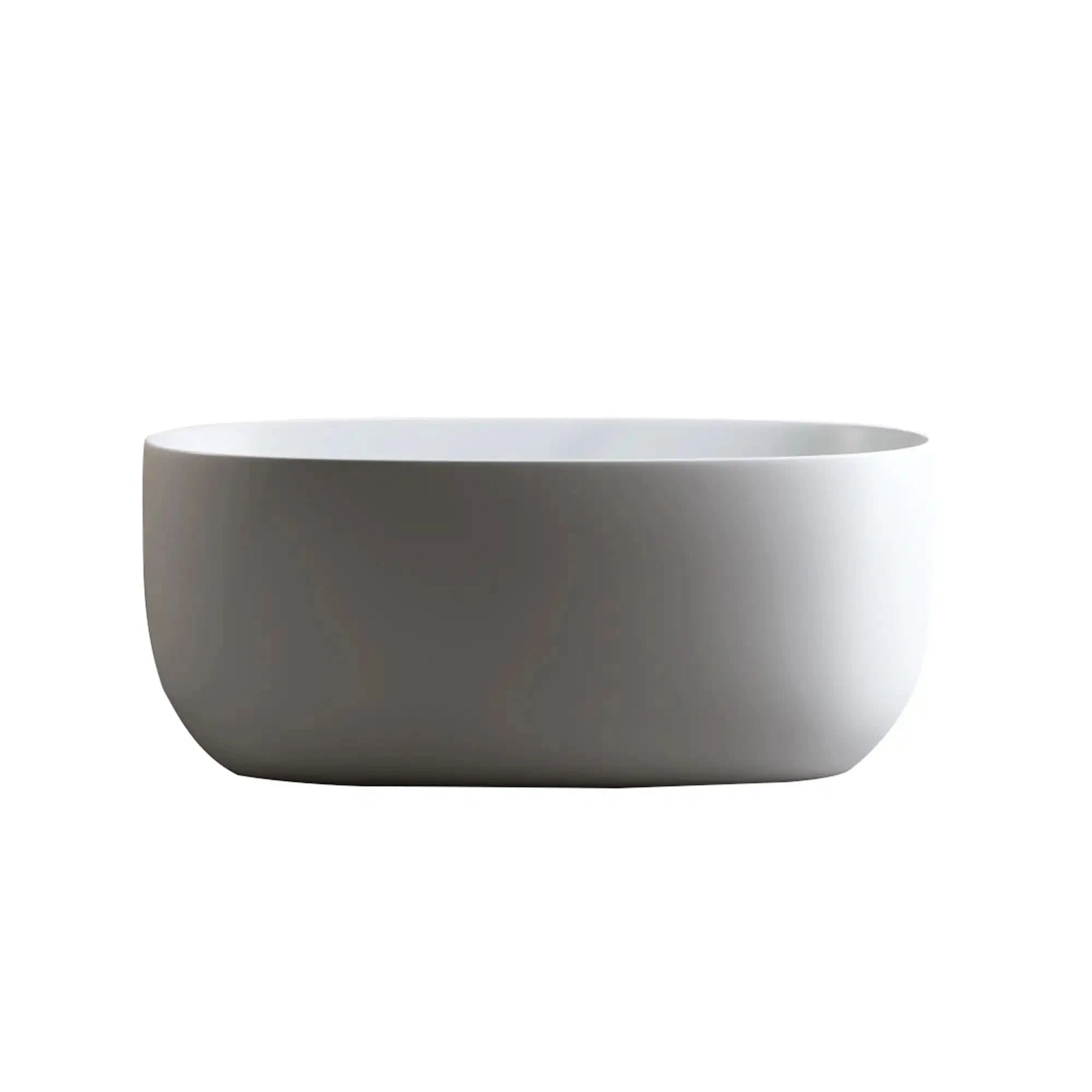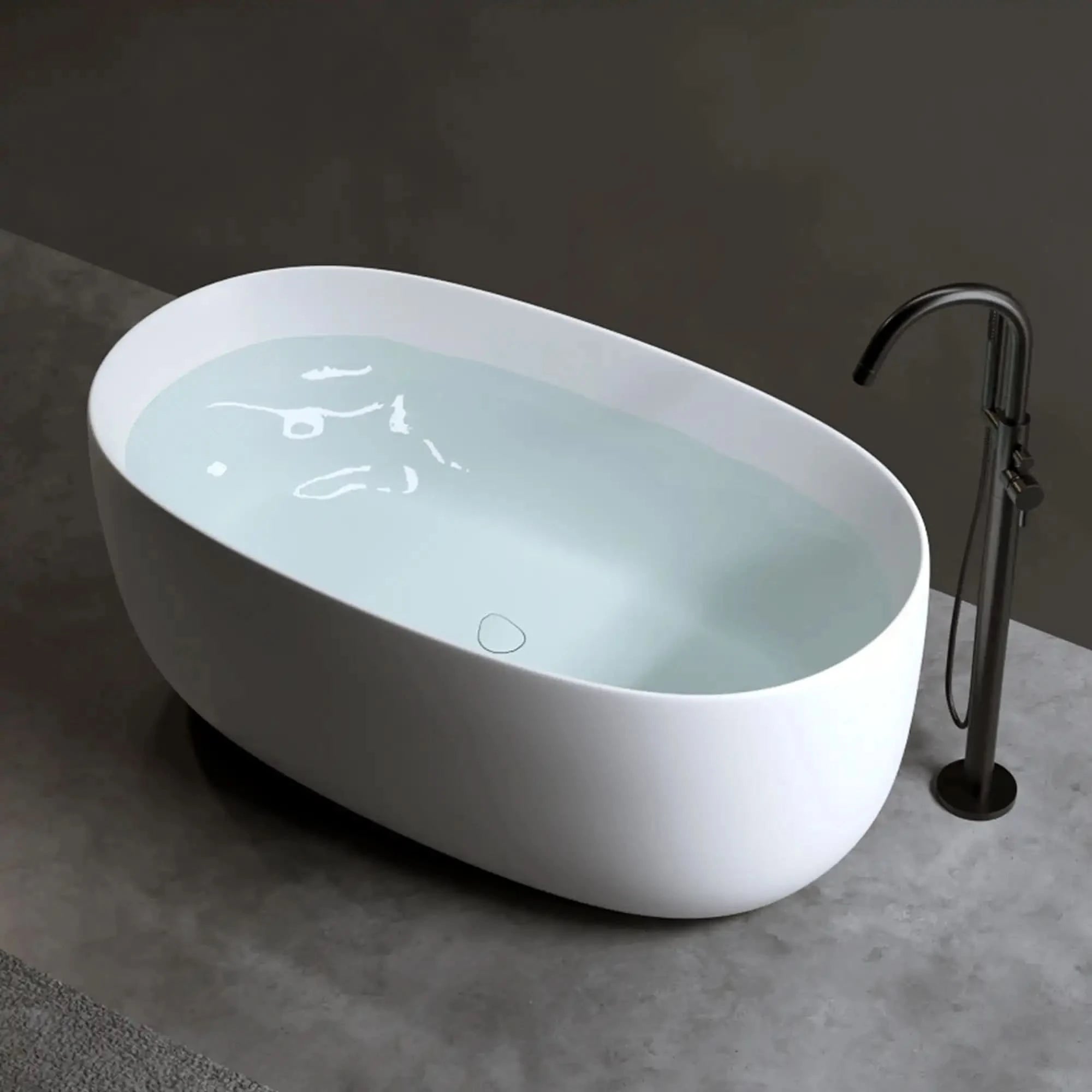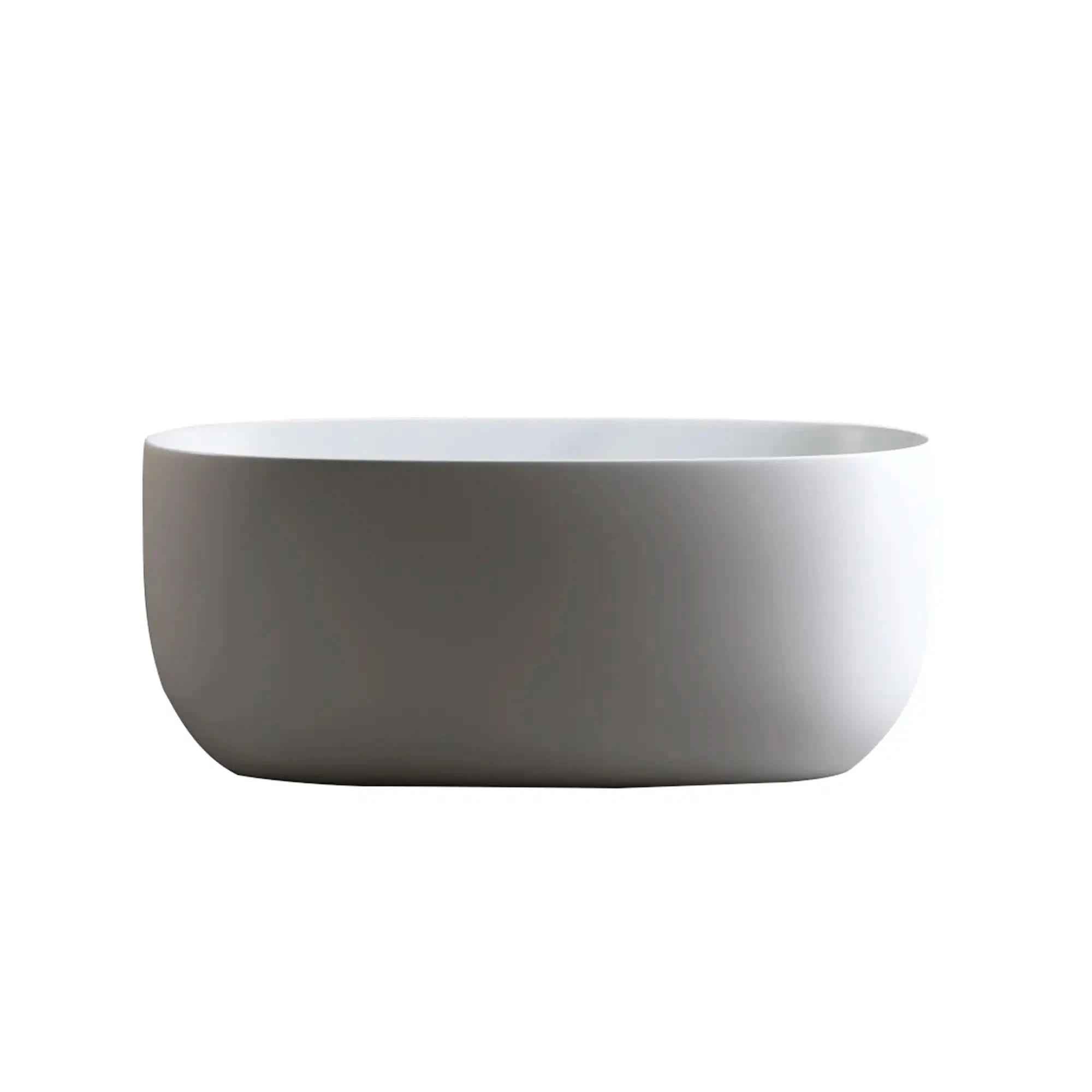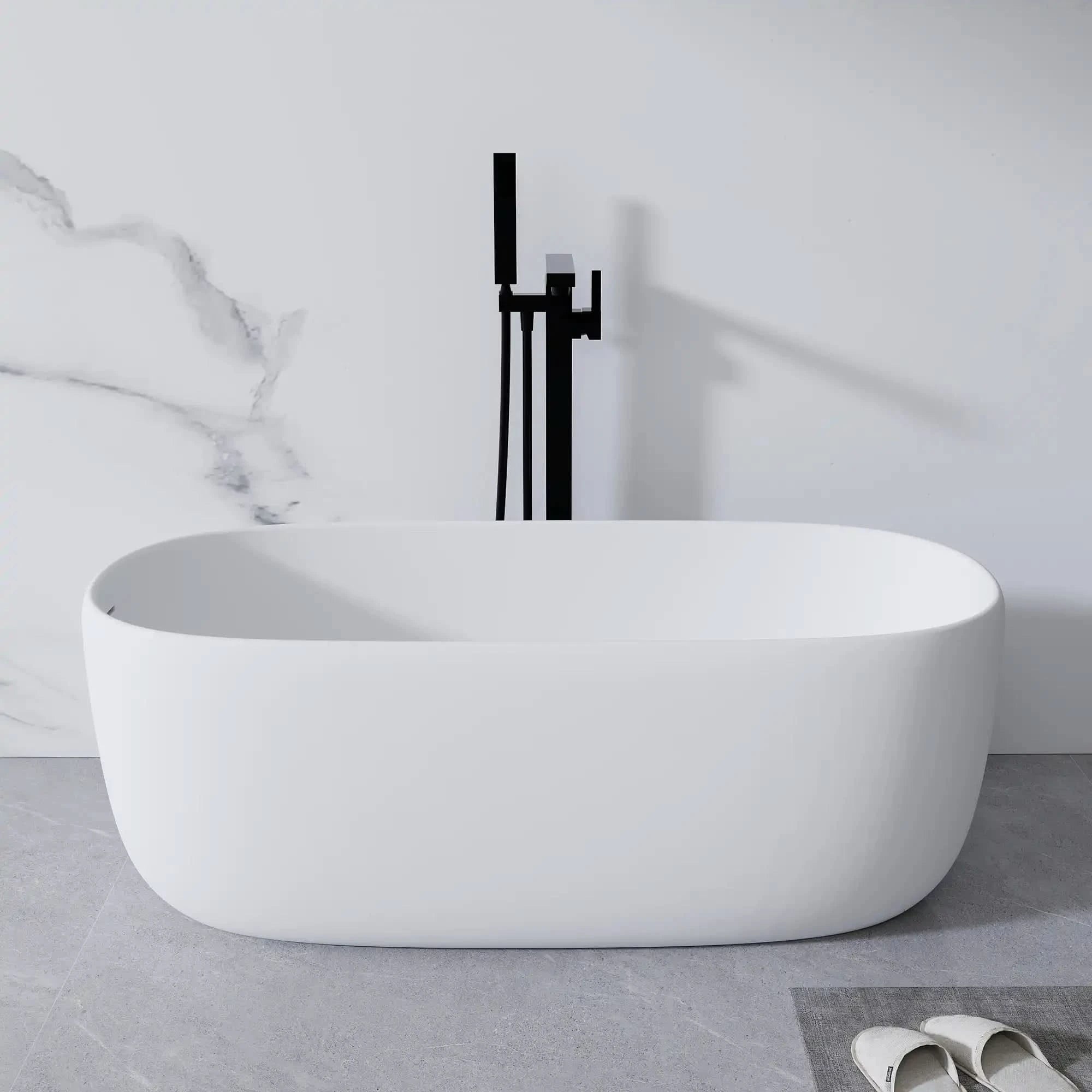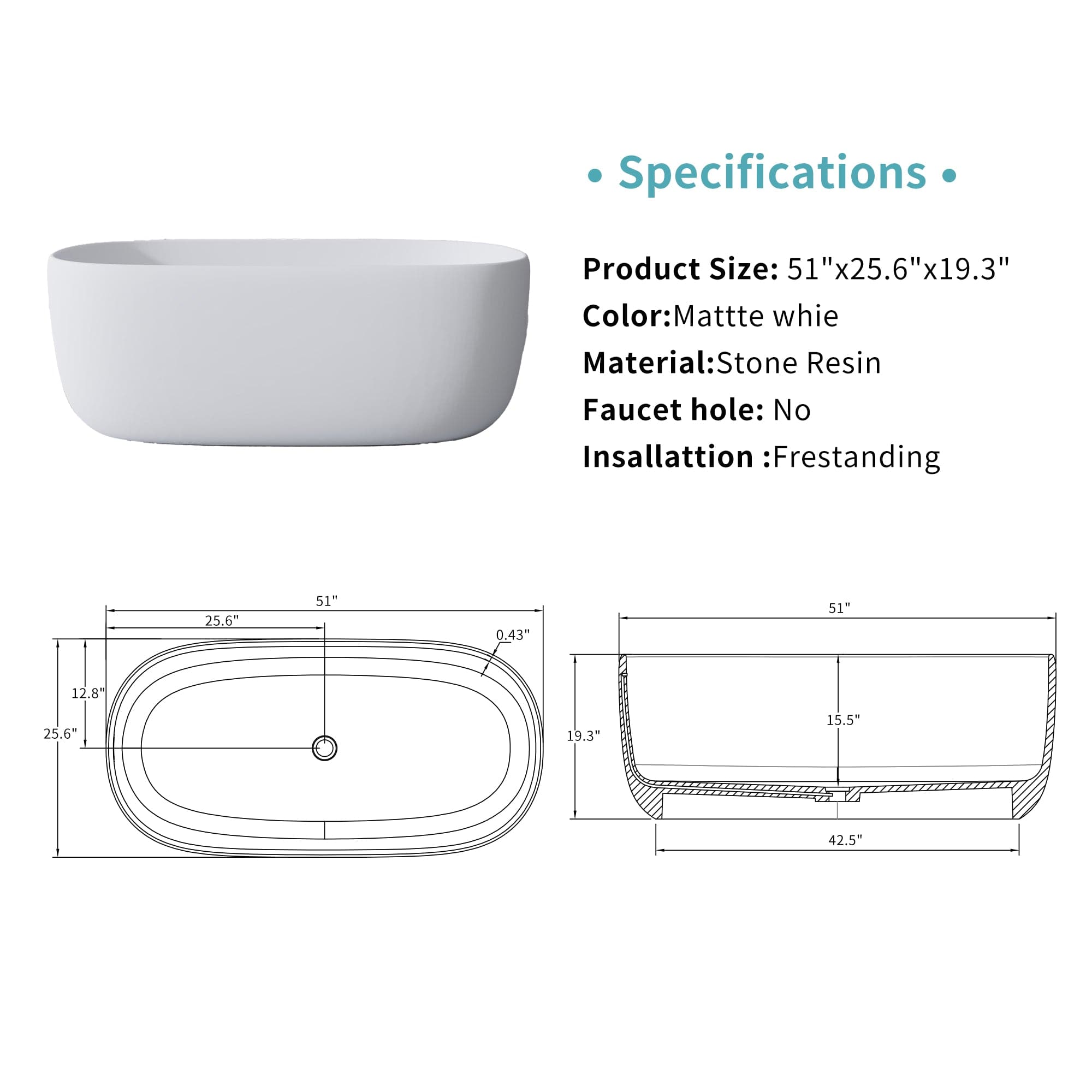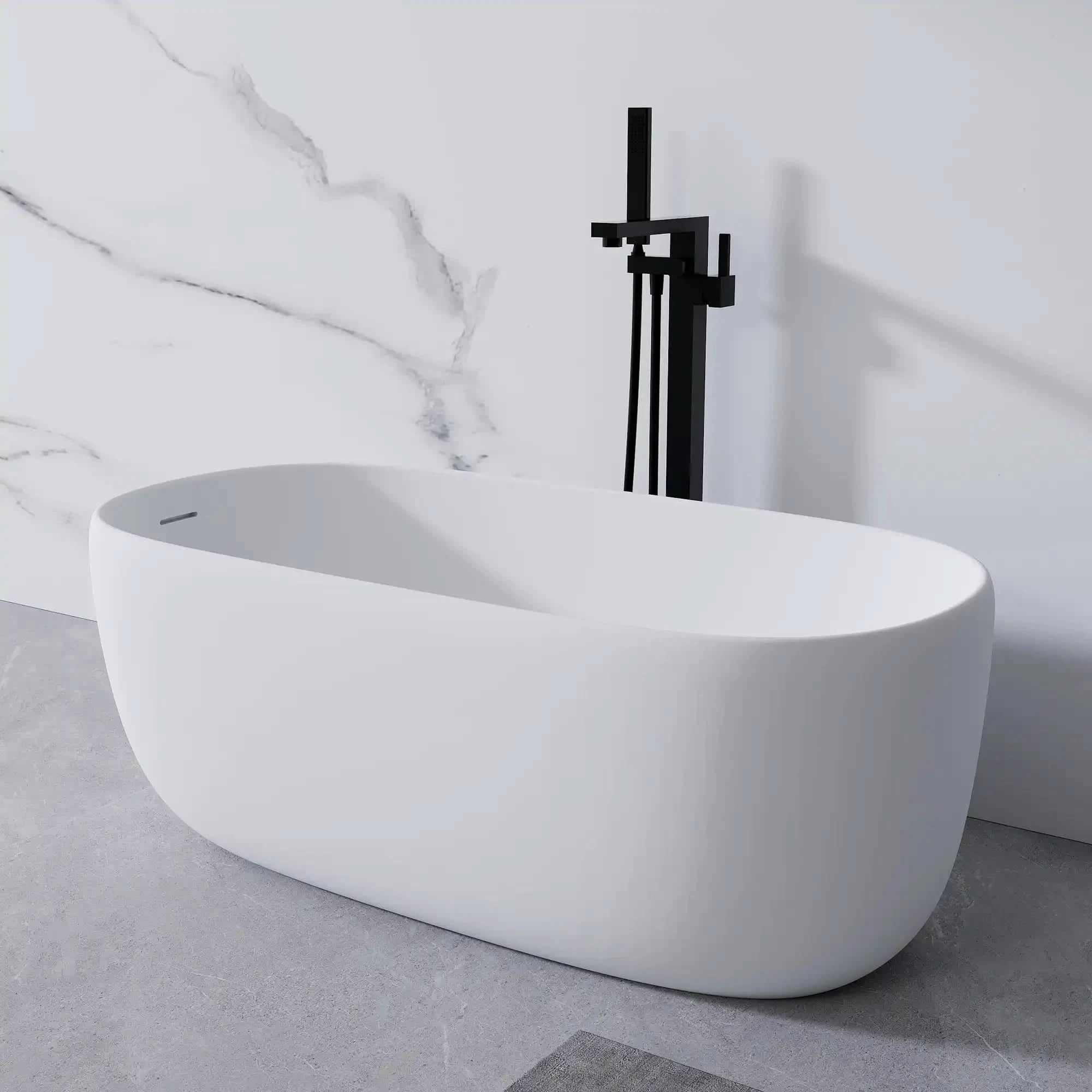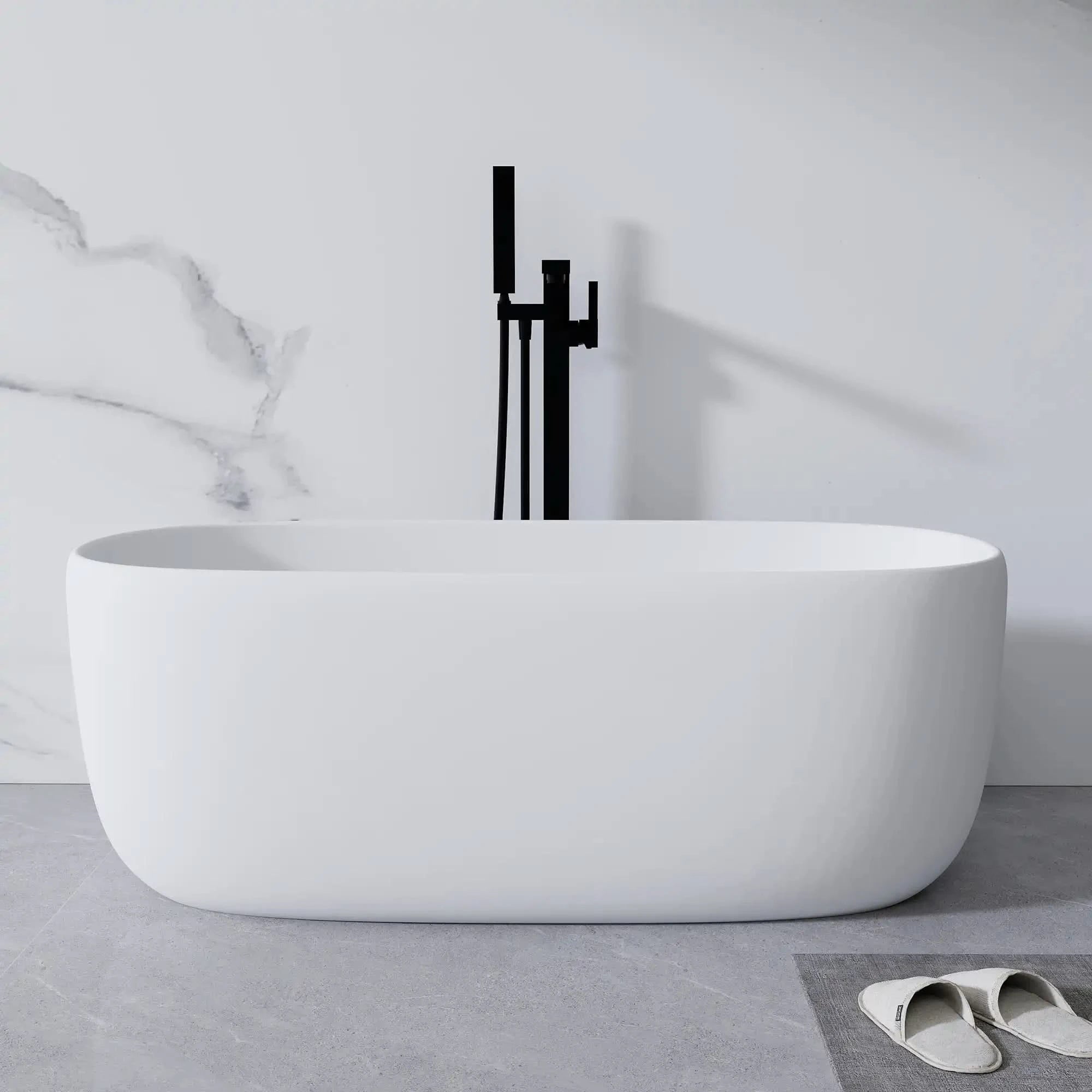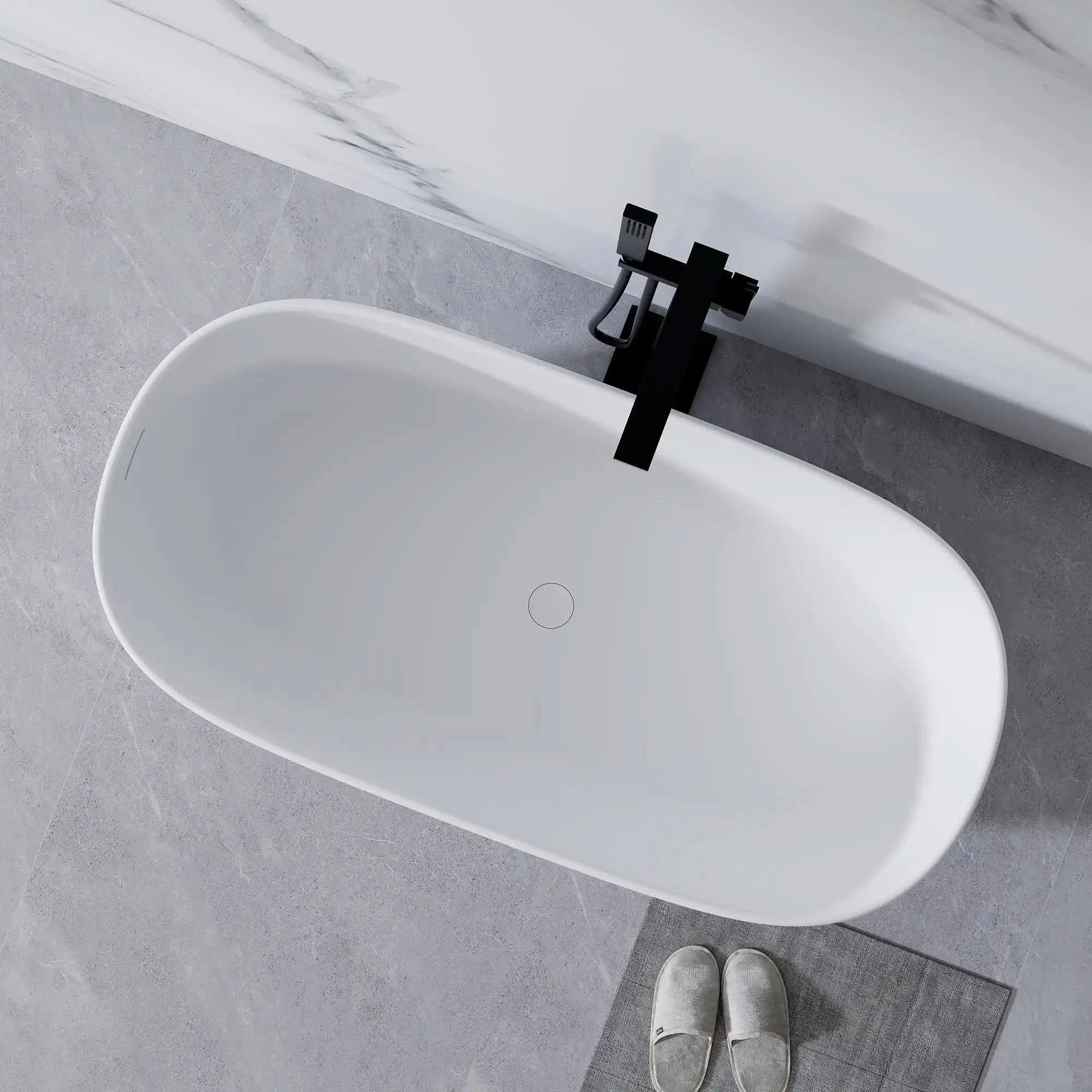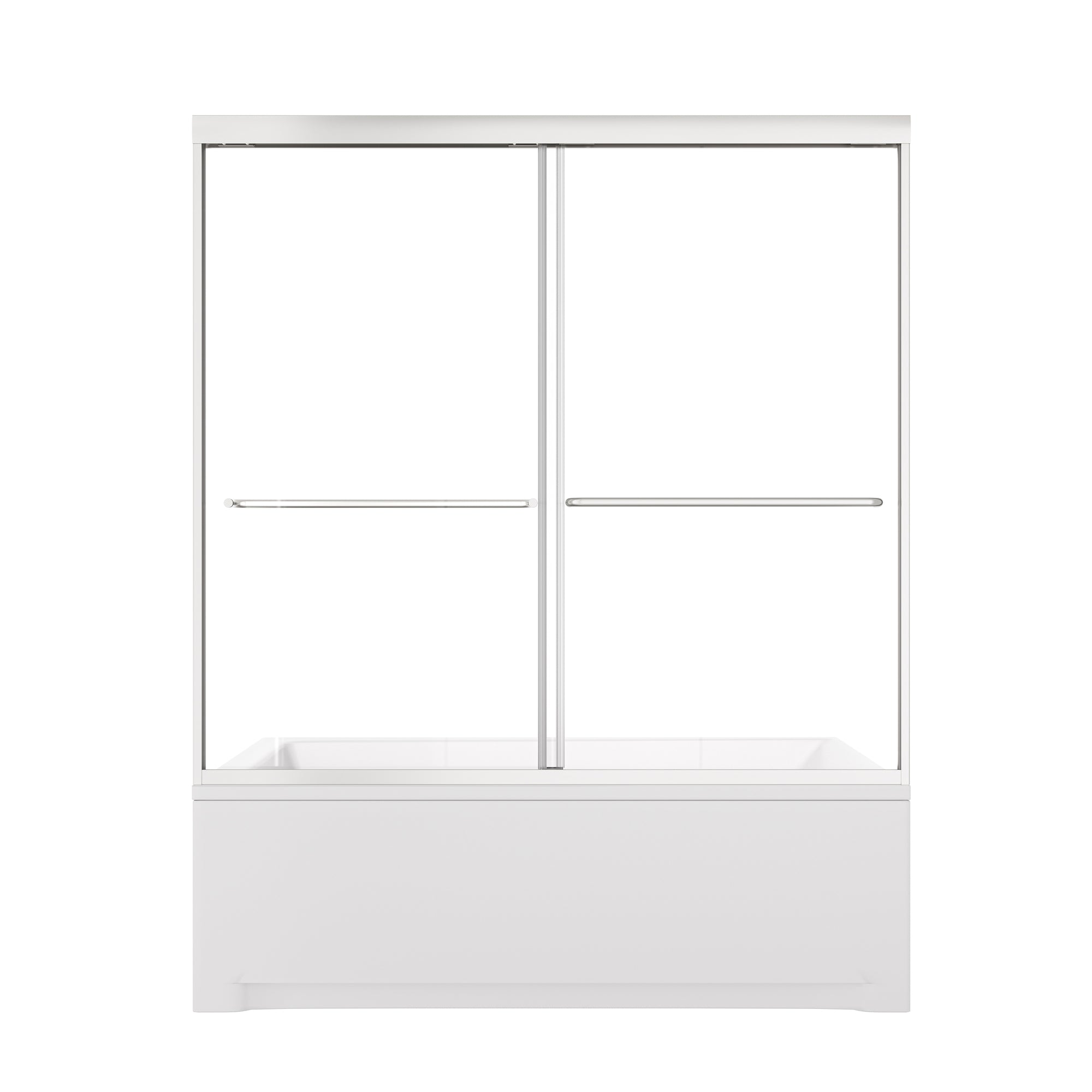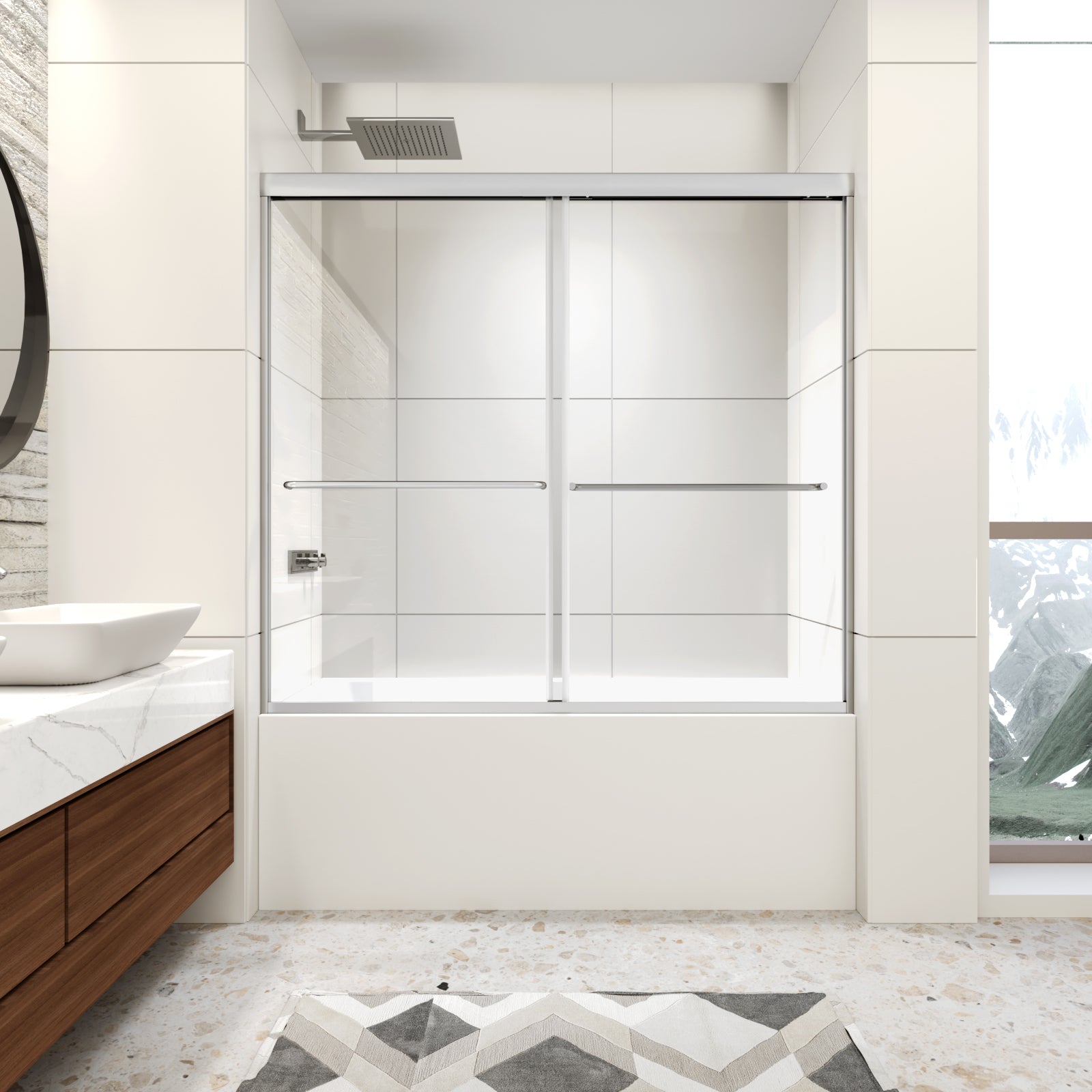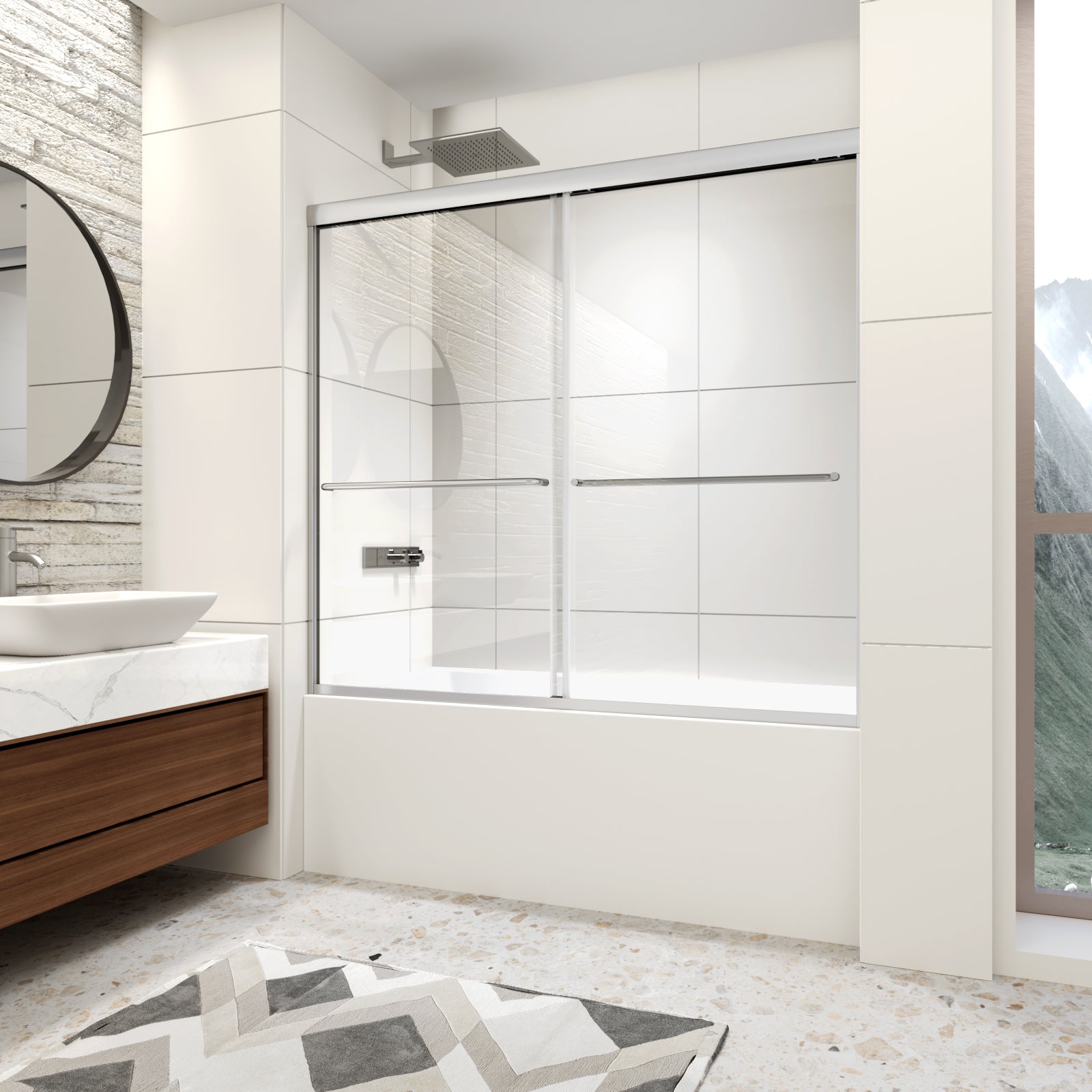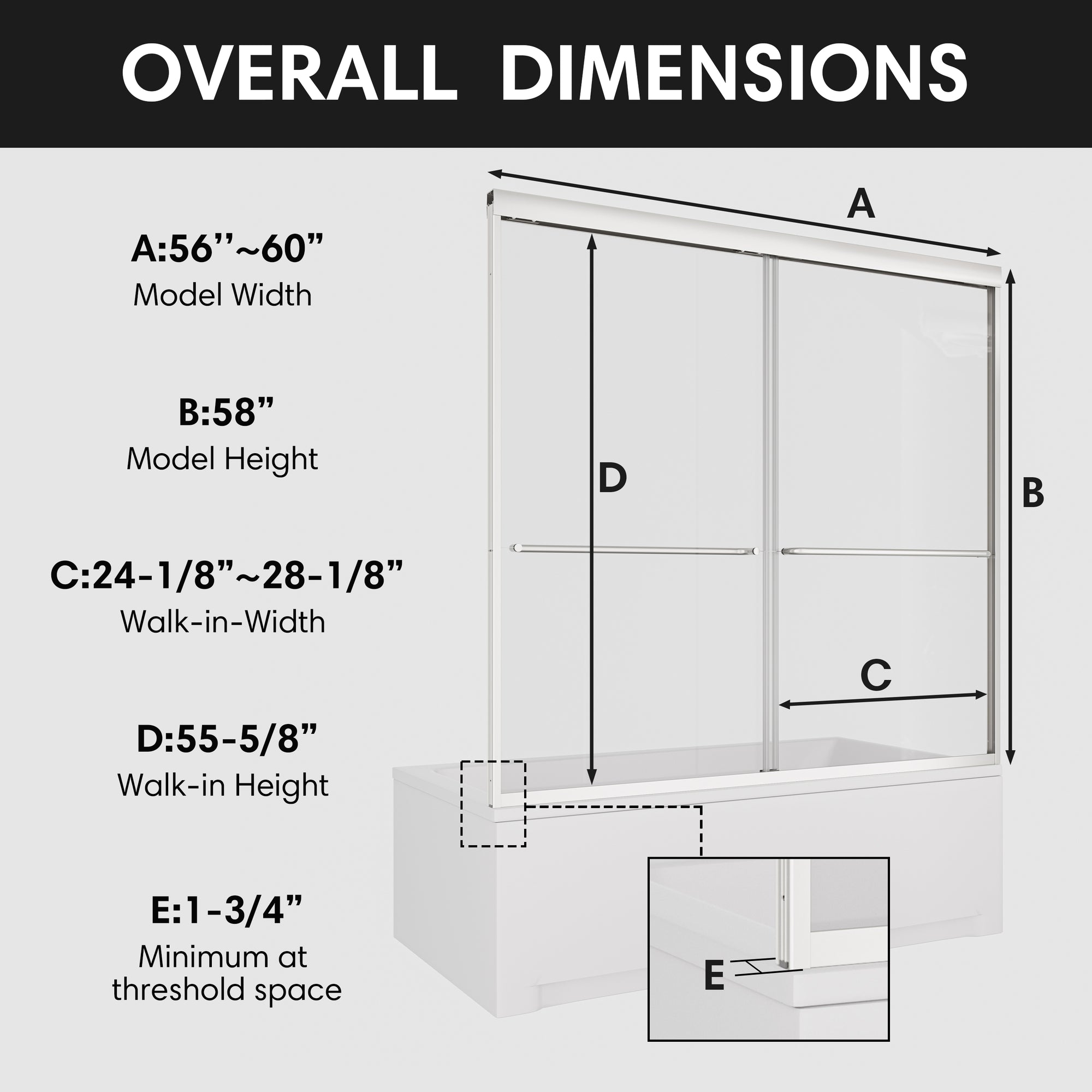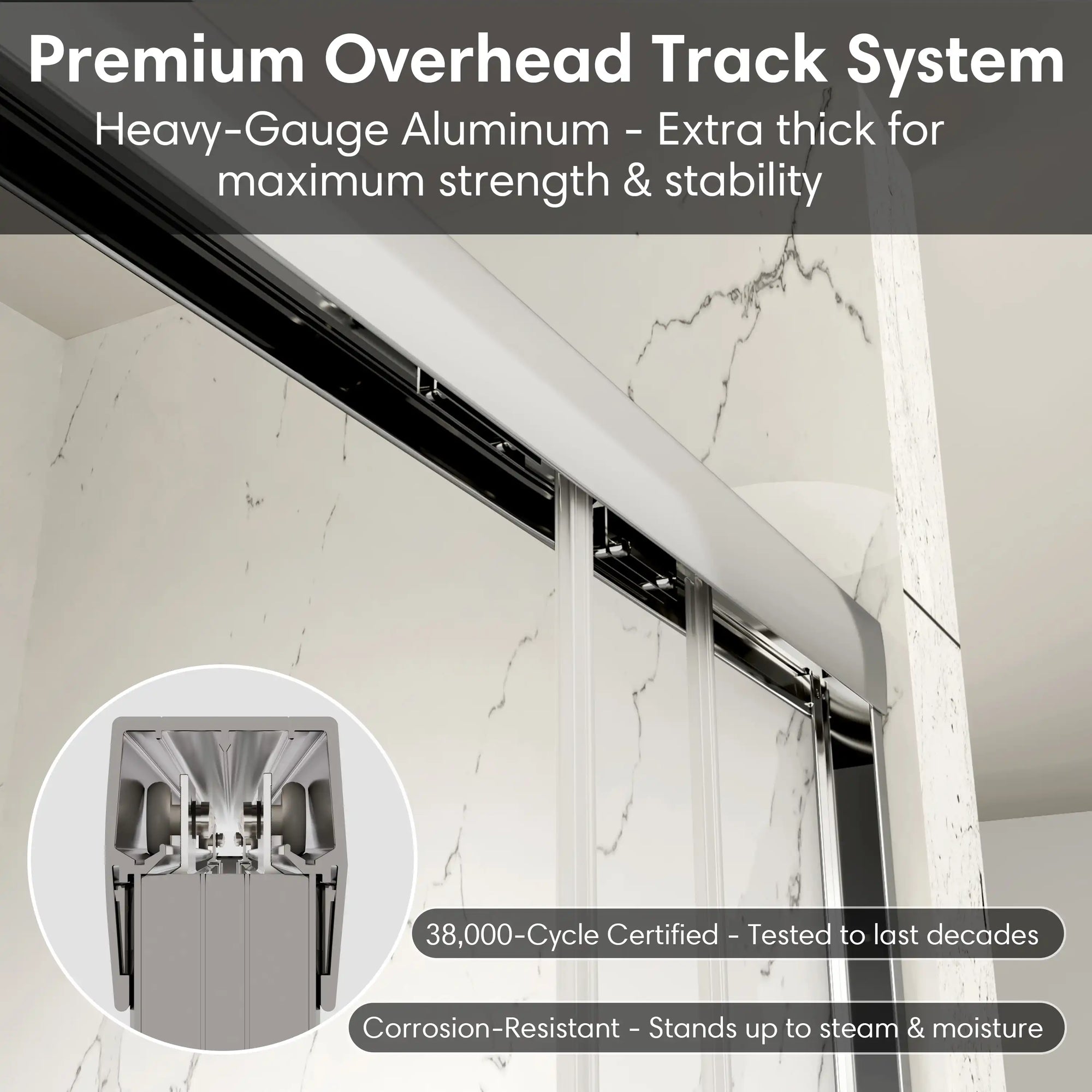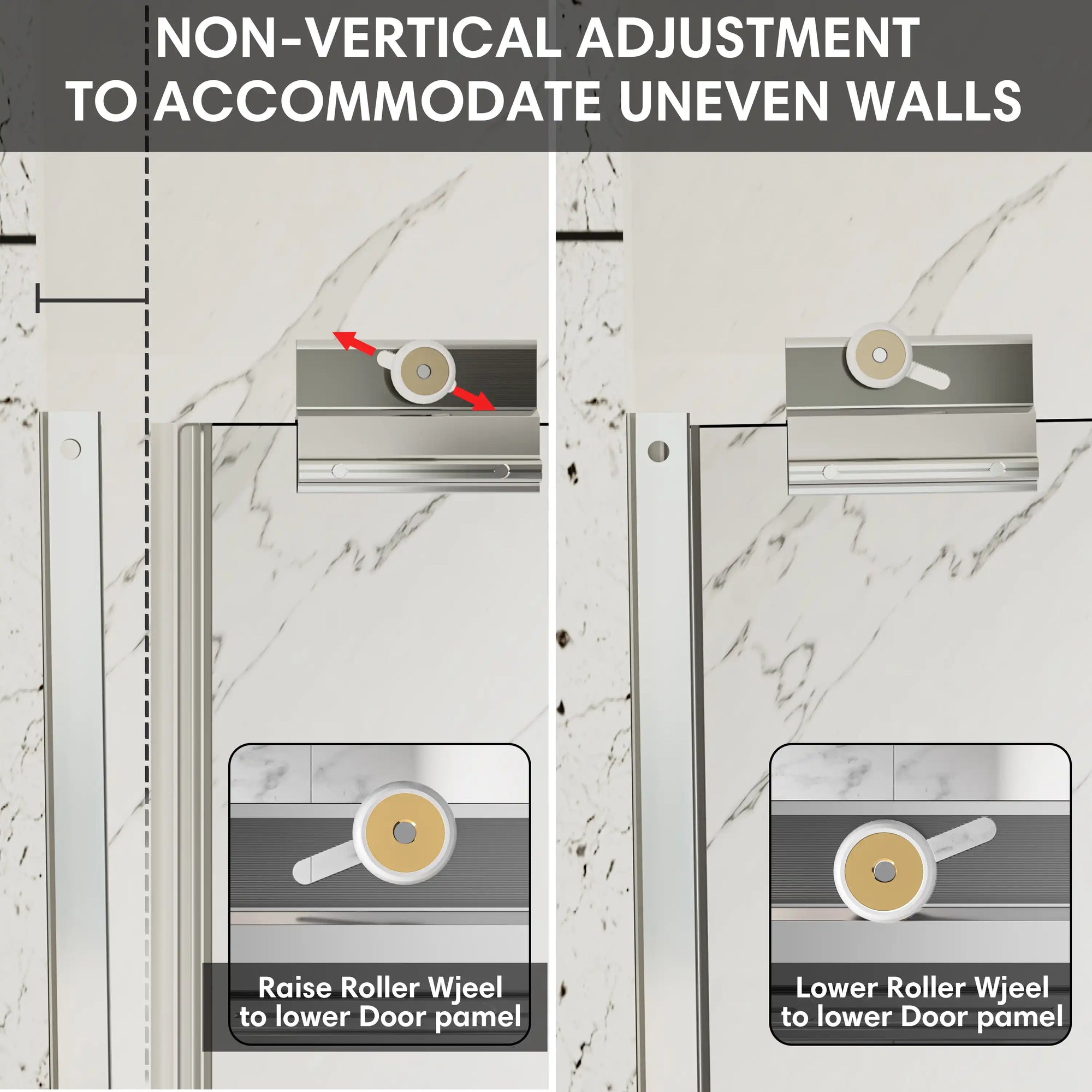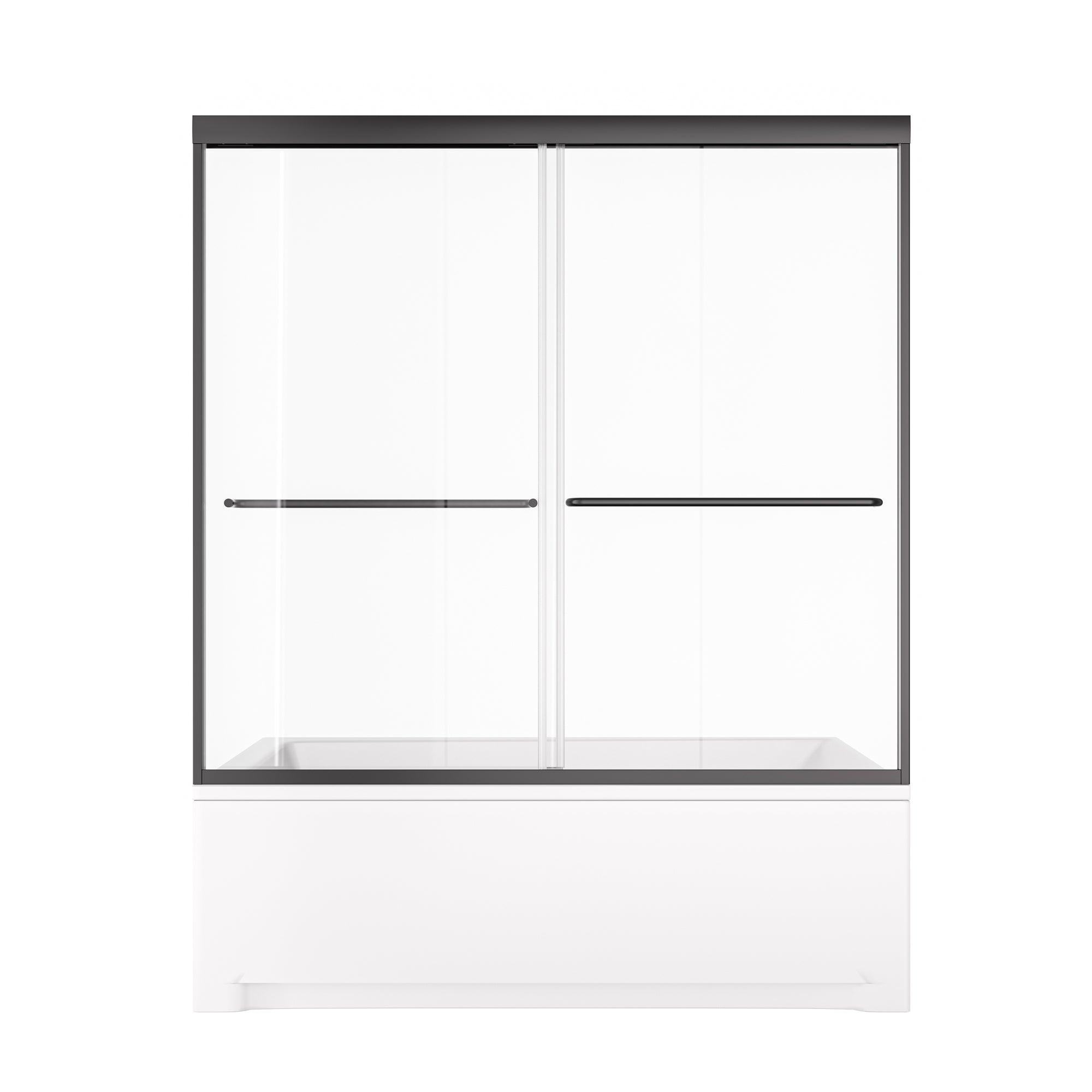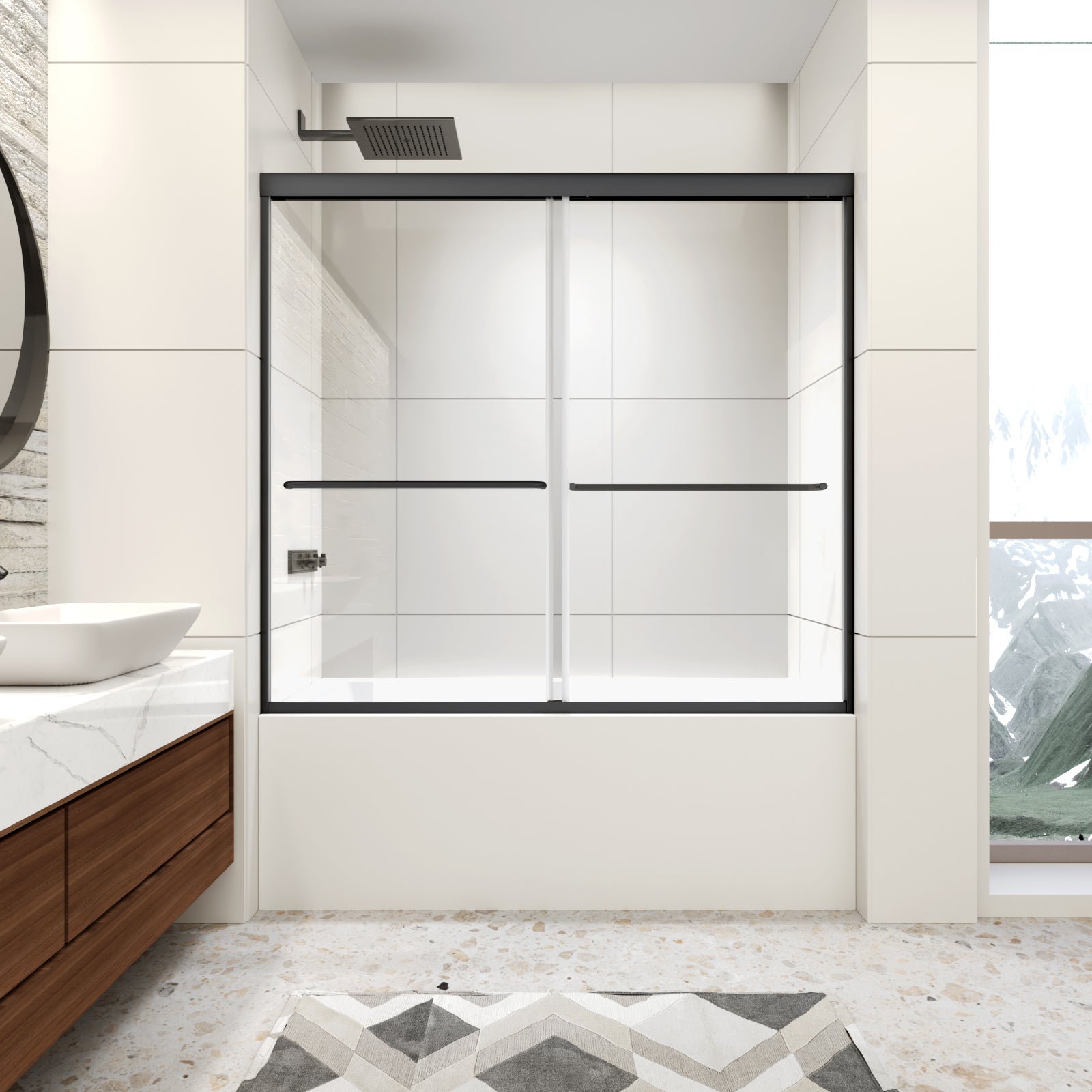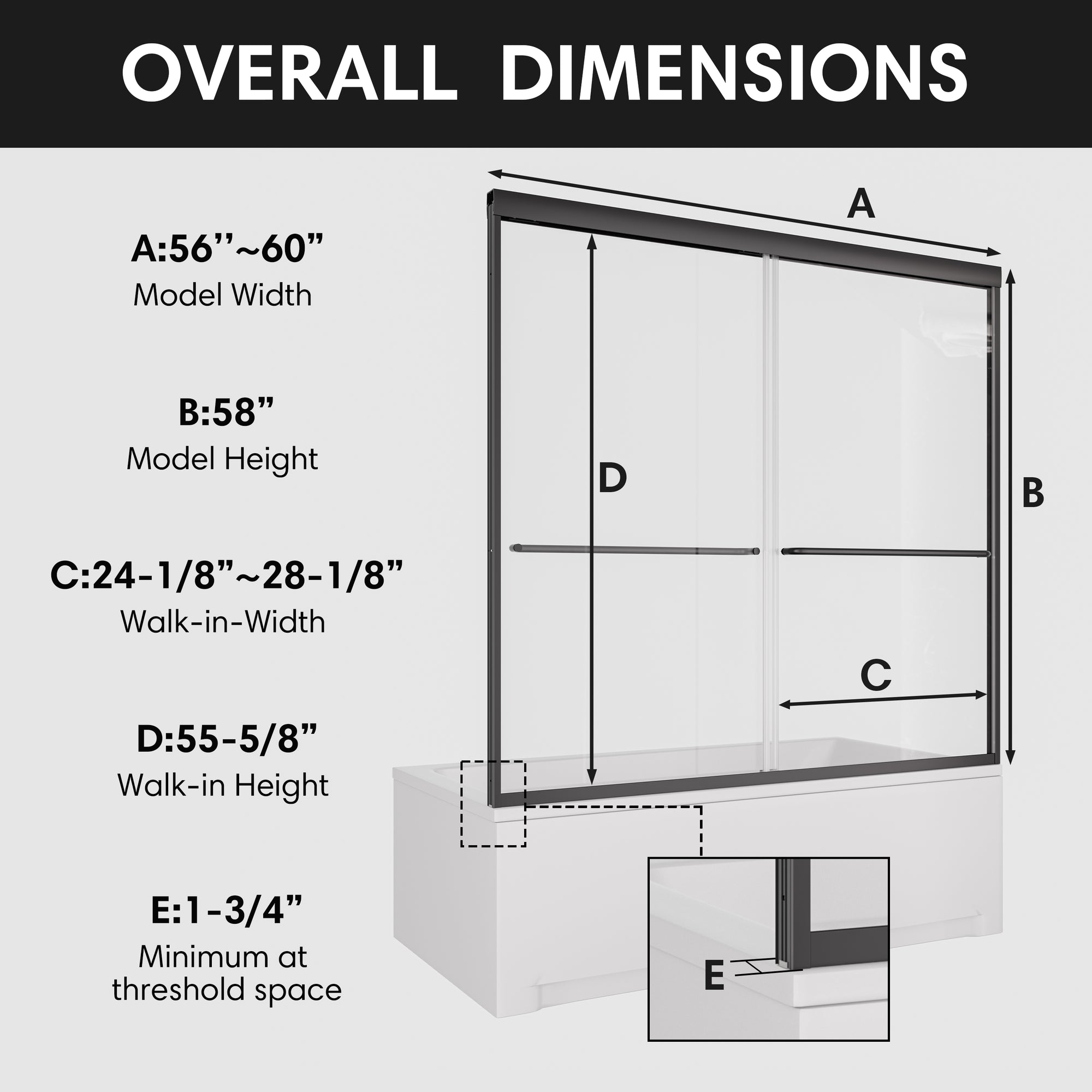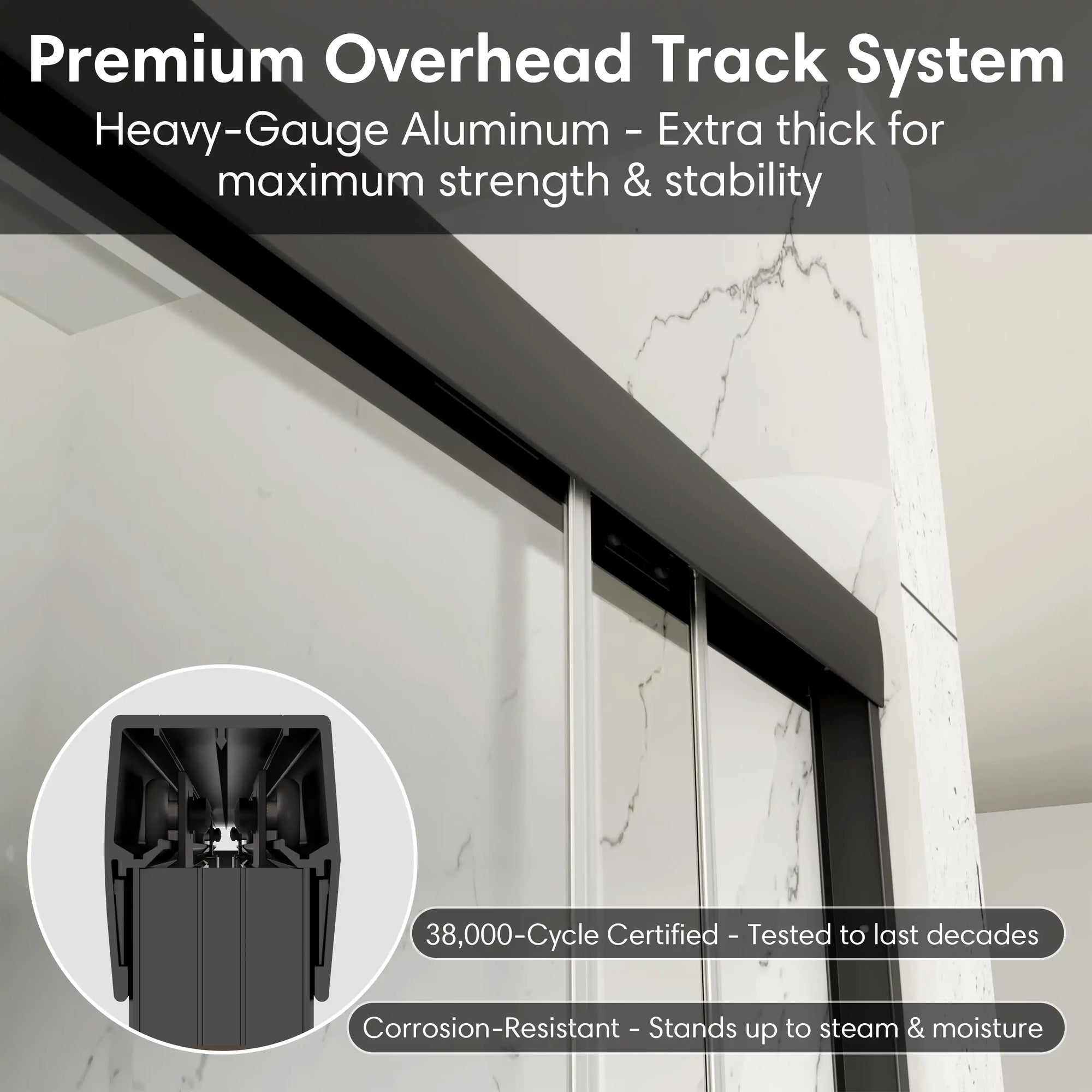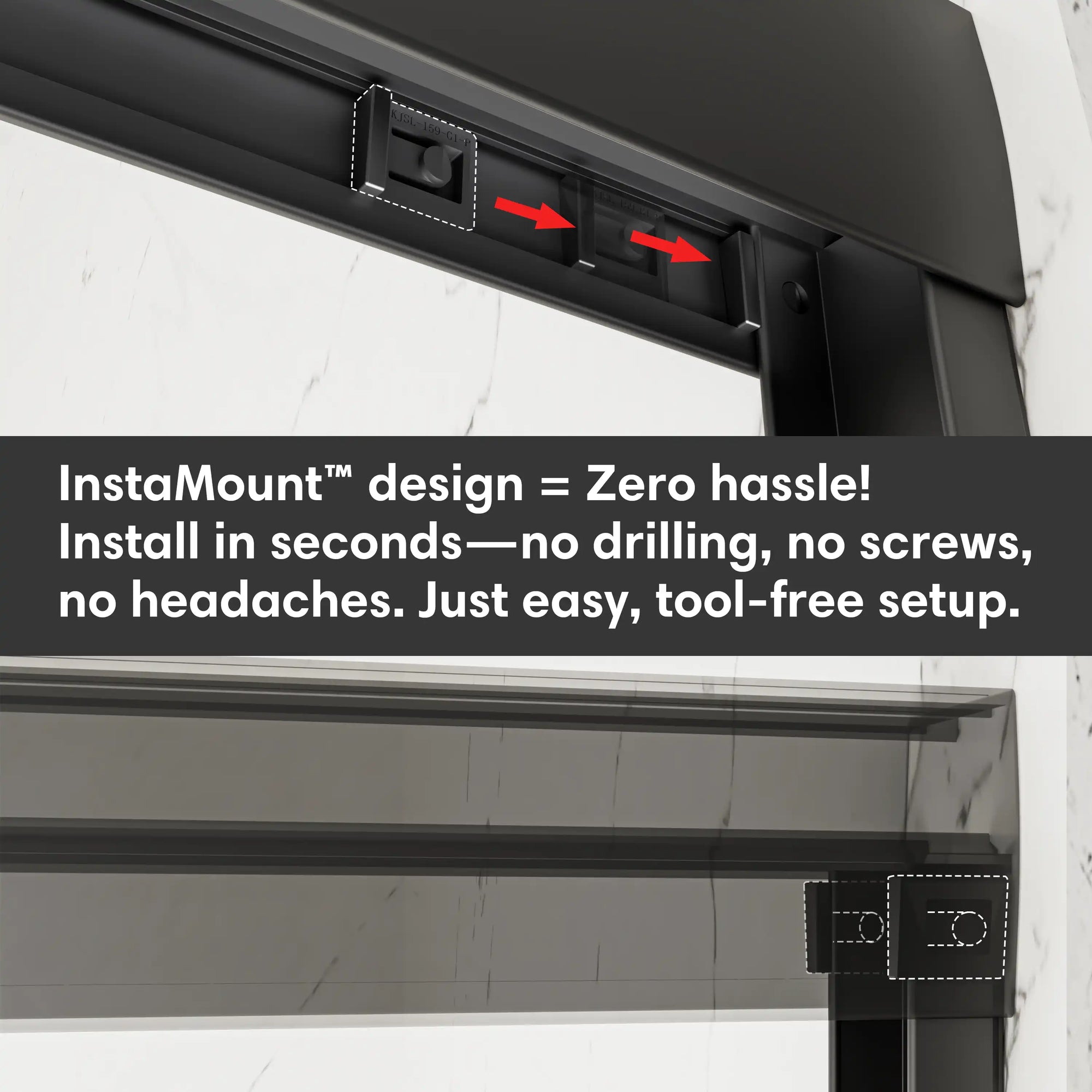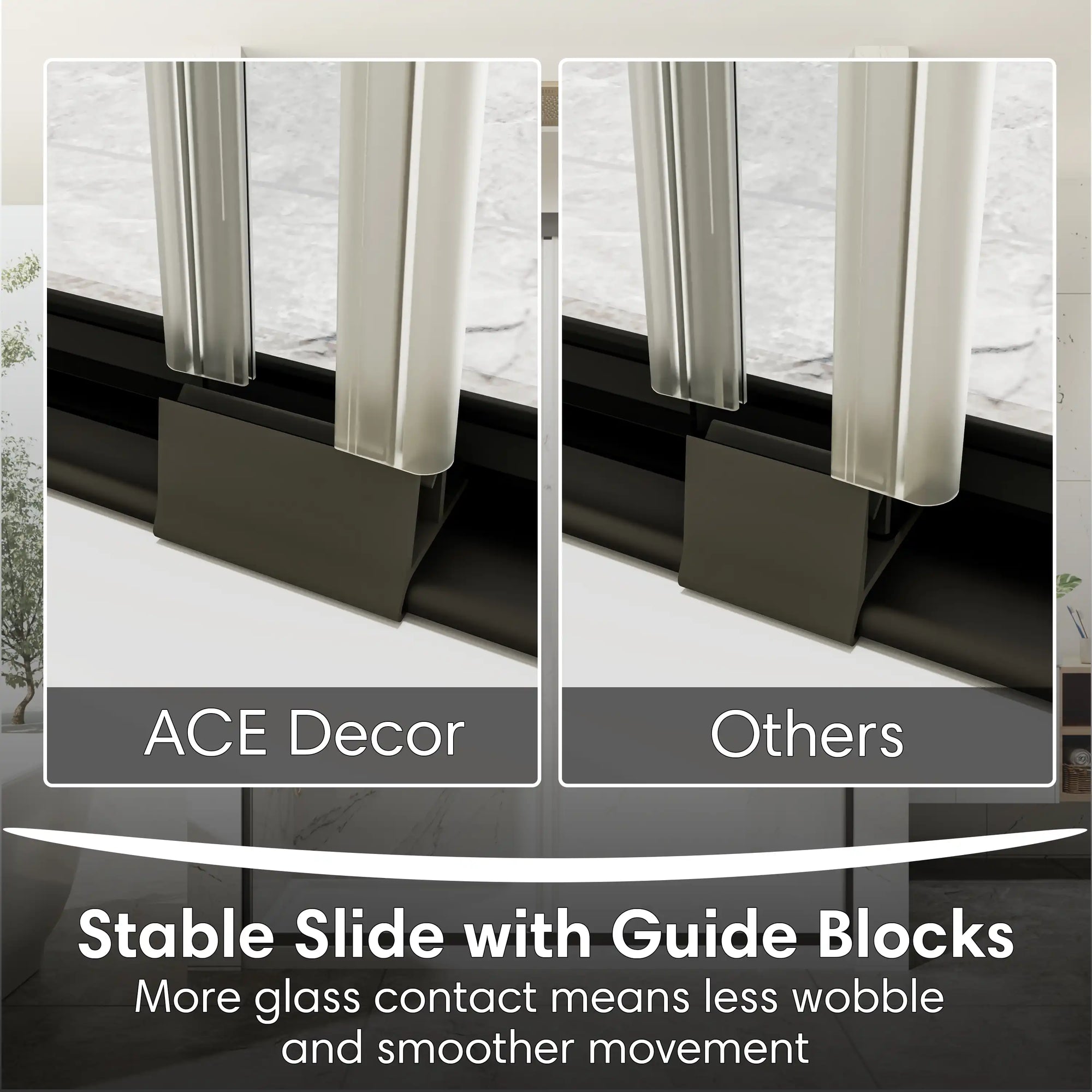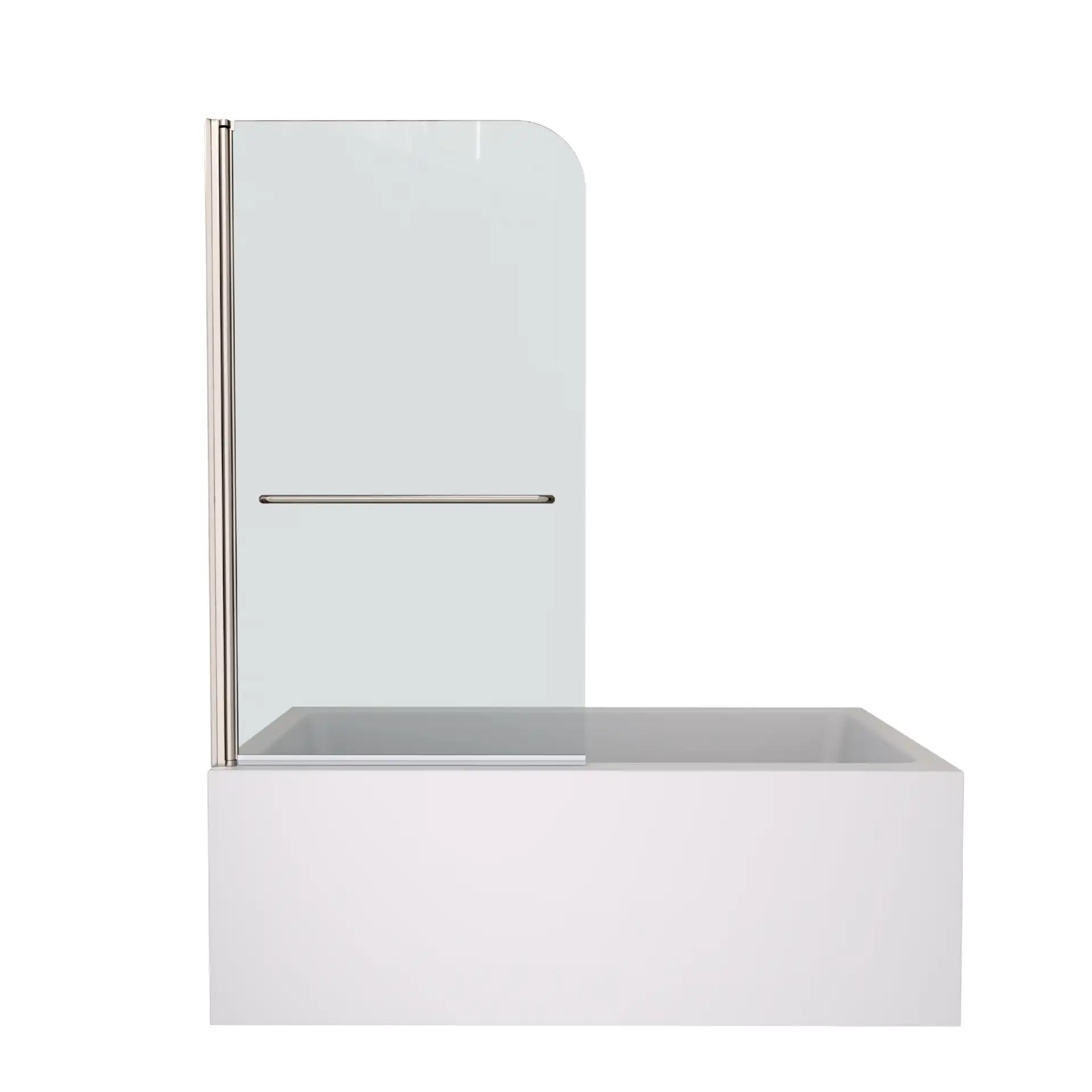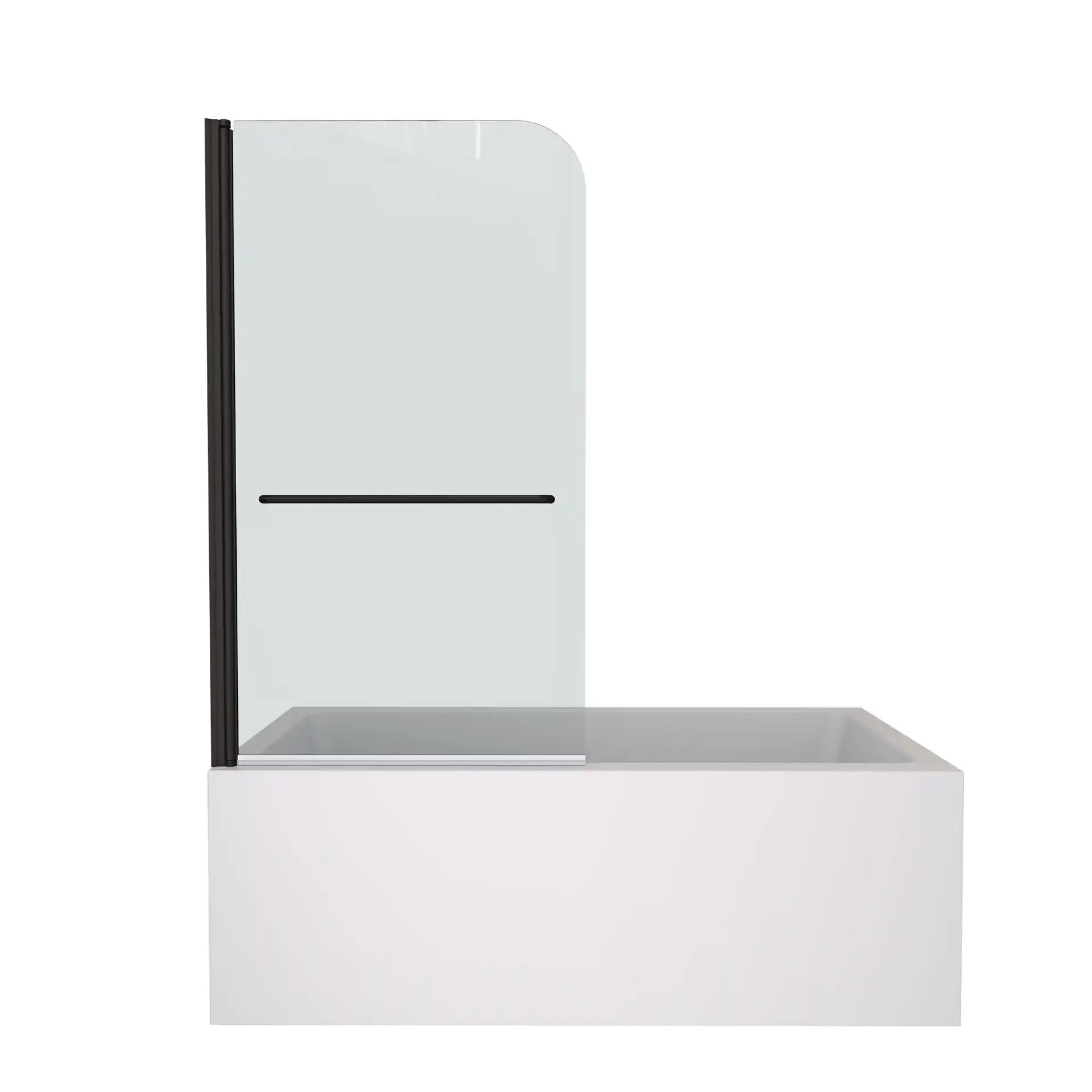Luxury in the bathroom has long been considered the province of high-budget renovations or custom spa designs — until now. Enter epoxy resin bathtubs, the unacknowledged champions of affordable luxury and ruggedness. Whether you’re redoing your space on a budget or looking for a showstopper to anchor your oasis, these tubs bring together elegance and usability. Here’s why epoxy resin should be at the top of your bathroom upgrade packing list and how it turns plain places into polished getaways.
Table of Contents:
- Budget Meets Beauty: The Cost-Effective Luxury of Epoxy Resin
- The Durability Dynamo: Built to Outlast Trends (and Gravity)
- Low Maintenance, High Reward
- Design Flexibility: From Minimalist to Maximalist
- Eco-Conscious Luxury: The Quiet Sustainability of Epoxy Resin
- Conclusion
- FAQ
Budget Meets Beauty: The Cost-Effective Luxury of Epoxy Resin
Epoxy resin bathtubs are the perfect middle ground between price and style. Whereas high-end materials such as natural stone or cast iron can run us upward of $3,000, resin epoxy provides a similar look at a much lower price point. Its manufacturing process consists of layering reinforced resin with UV-resistant coatings to create a finish akin to the depth of marble or the sleekness of acrylic.

The Durability Dynamo: Built to Outlast Trends (and Gravity)
So picture a bathtub that resists chips, stains and hard water deposits year after year, decade after decade. The epoxy resin bathtubs are your bathroom's Hercules - tough enough to endure the daily grind and still retain a glittering surface shine. This wonder material is not only super strong; it’s almost impossible to break, since its molecular composition gives it an armor-like facade.
Unlike antique acrylic tubs that will eventually yellow with age, or enamel-coated steel that gives into rust, epoxy resin offers a lesson in durability. Its non-porous, invisible force field of protection prevents moisture permeation that would ruin lesser materials. It’s scratch resistant to anything from dropped shampoo bottles to rambunctious cleaning sentences — no more tiptoeing around in your own tub!
Here’s the secret: epoxy resin is a chemical ninja. Once cured it becomes cross-linked polymer chains: an ultra-robust bond that makes our tubs impervious to the type of impact that causes traditional materials denting or cracking. Whether you’re fighting a gritty line with hard-water minerals mingling with your pond pebbles or pulled a cosmetic slam down by accidentally kicking dirt onto your side panel, a simple wipe is often all you need to regain that showroom shine.
Not only that, this is super durable, and peace of mind that your new fancy bath is going to look beautiful after a dozen bath time explosions and whatever life throws at you! The Resin Revolution isn’t coming — it’s already in your bathhouse.

Low Maintenance, High Reward
It’s a pet rock that launder itself, minus all the crushing ennui of owning pet rock — mostly. And its non-porous surface makes it resistant to soap scum, hard water stains and microbes trying to take up residence. Unlike porous materials such as natural stone, which require WEEKLY SCRUBBING RITUALS to keep looking good, a quick rinse of lukewarm water, followed by a cloth microfiber, maintains these tubs’ shine. Gentle, pH-neutral cleansers handle the grimiest stains — there’s no need to reach for abrasive scrubs or caustic chemicals that can strip finishes.
This back-to-basics magic also holds true for care that is long-term. Epoxy resin would not yellow over time as acrylic will, or get hairline fractures like porcelain. It’s even gung ho against bathroom bogeymen like hair-dye splatters and bath bombs.

Design Flexibility: From Minimalist to Maximalist
Epoxy resin bathtubs are the shape-shifting superheroes of bath design. Strict materials like cast iron or natural stone are limited; epoxy resin can take just about any form — swooping Japanese soaking tubs or angular modernist statement pieces. One might order a bathtub that flows around the geometry of the bathroom like liquid metal, or one that comes with integrated candle and book shelves. But this versatility extends to the nuts and bolts, too: textured grip floors for safety, contoured lumbar support or long swathes of dual-seating for side-by-side relaxation sessions.
Combining race-bred epoxy resin’s mold-ability with an integrated armrest and waterfall overflow — an ensemble that makes bathing an art. Not even color is a limitation on what you can write about. The pigments can even be blended into the resin at the factory, so the finish ranges from starkly minimal monochrome to speckles like terrazzo (no chiseling required).
For design inspiration, check out
Eco-Conscious Luxury: The Quiet Sustainability of Epoxy Resin
Epoxy resin, however, quietly flips the script — “eco-friendly” and “bathtub” are not words that appear in the same sentence, much less the same paragraph. It uses 40-60% less energy to produce epoxy resin compared to energy consuming cast iron production (melting metal at 2,800°F) or quarrying natural stone. Being non-porous, it absorbs zero water, and so doesn’t harbour bacteria In fact, no harsh chemical cleaners that pollute our waterways are needed.
But what is really a win for the planet? Longevity. Epoxy resin tubs will not crack, discolor or suffer material fatigue for decades, which is actually 10-15 years longer than other materials like acrylic. Less replacements mean less tubs going to Amsterdam national park. And if surfaces get scratched, they can simply be sanded and re-coated instead of replaced.

Conclusion: Why Epoxy Resin Deserves Your Attention
Epoxy resin bathtubs merge affordability, durability, and style into one irresistible package. Whether you’re upgrading a rental property or crafting a forever-home spa, this material proves luxury doesn’t require compromise.
FAQ: Expert Answers to Common Questions
How does epoxy resin compare to traditional porcelain tubs?
While porcelain offers classic charm, epoxy resin outperforms in durability and stain resistance. It’s like choosing a smartphone over a rotary dial—same function, upgraded performance.
Can epoxy resin tubs be refinished?
Are epoxy resin bathtubs heavy?
Bathtubs with Claw Feet vs Freestanding Bathtubs: Which is Best?
Cleaning My Copper Bathtub for the First Time—The Good, The Bad, and the Gorgeous
